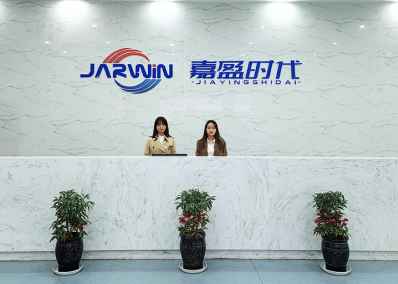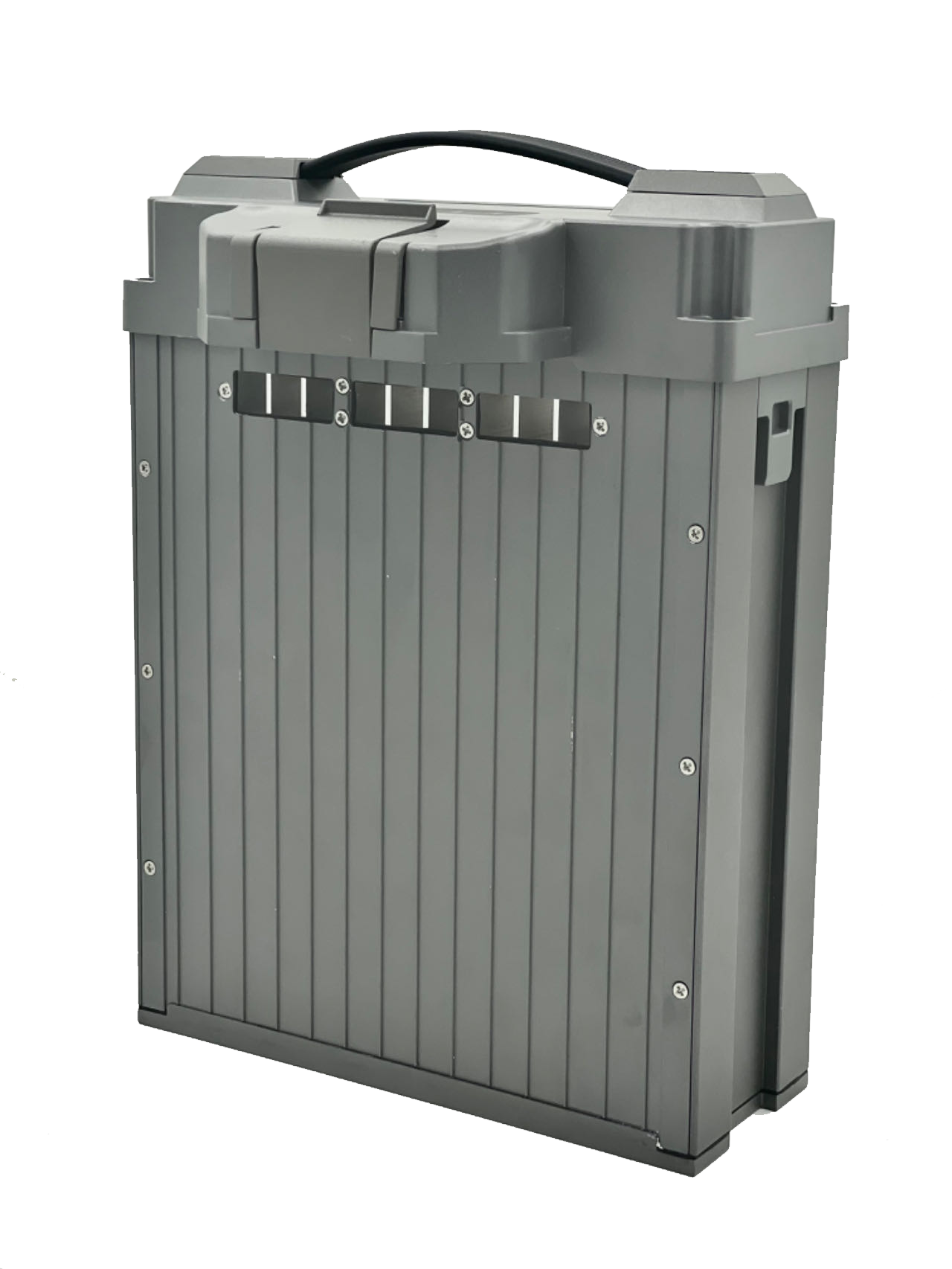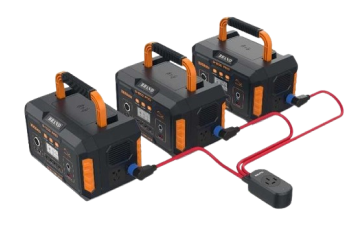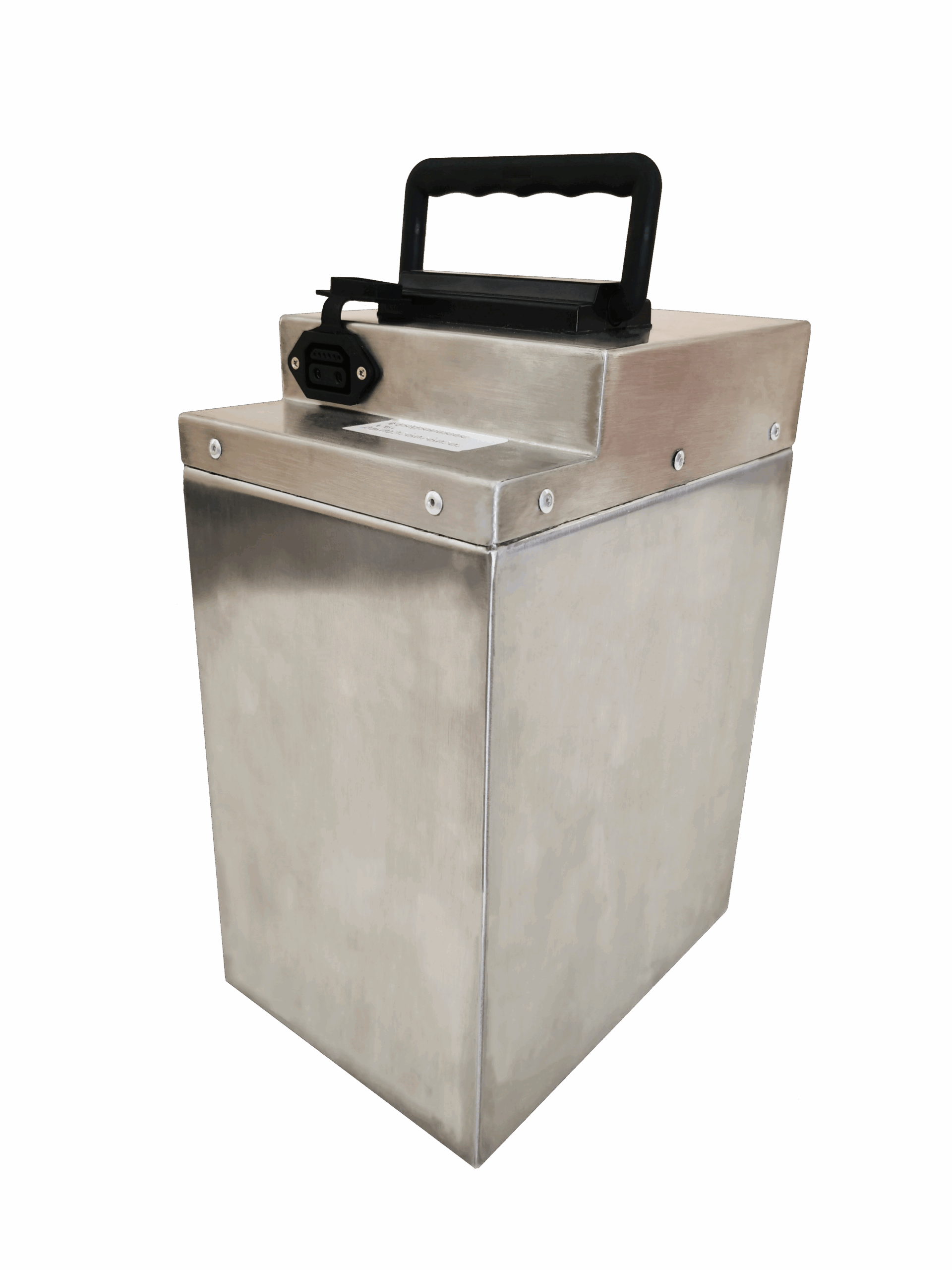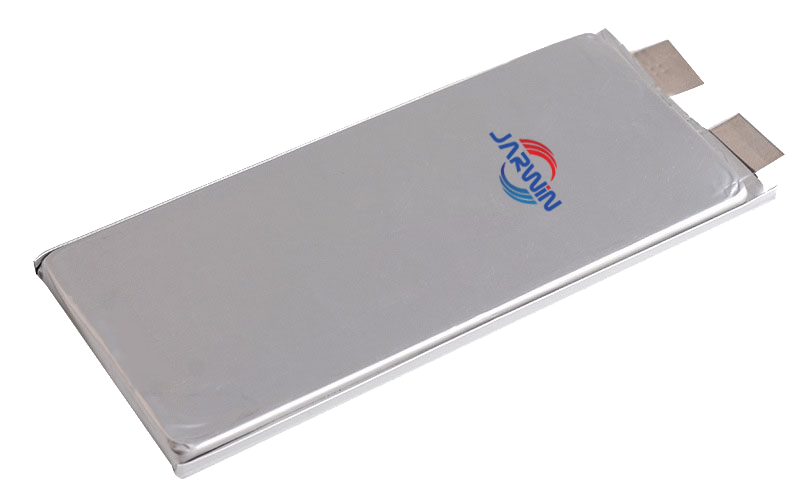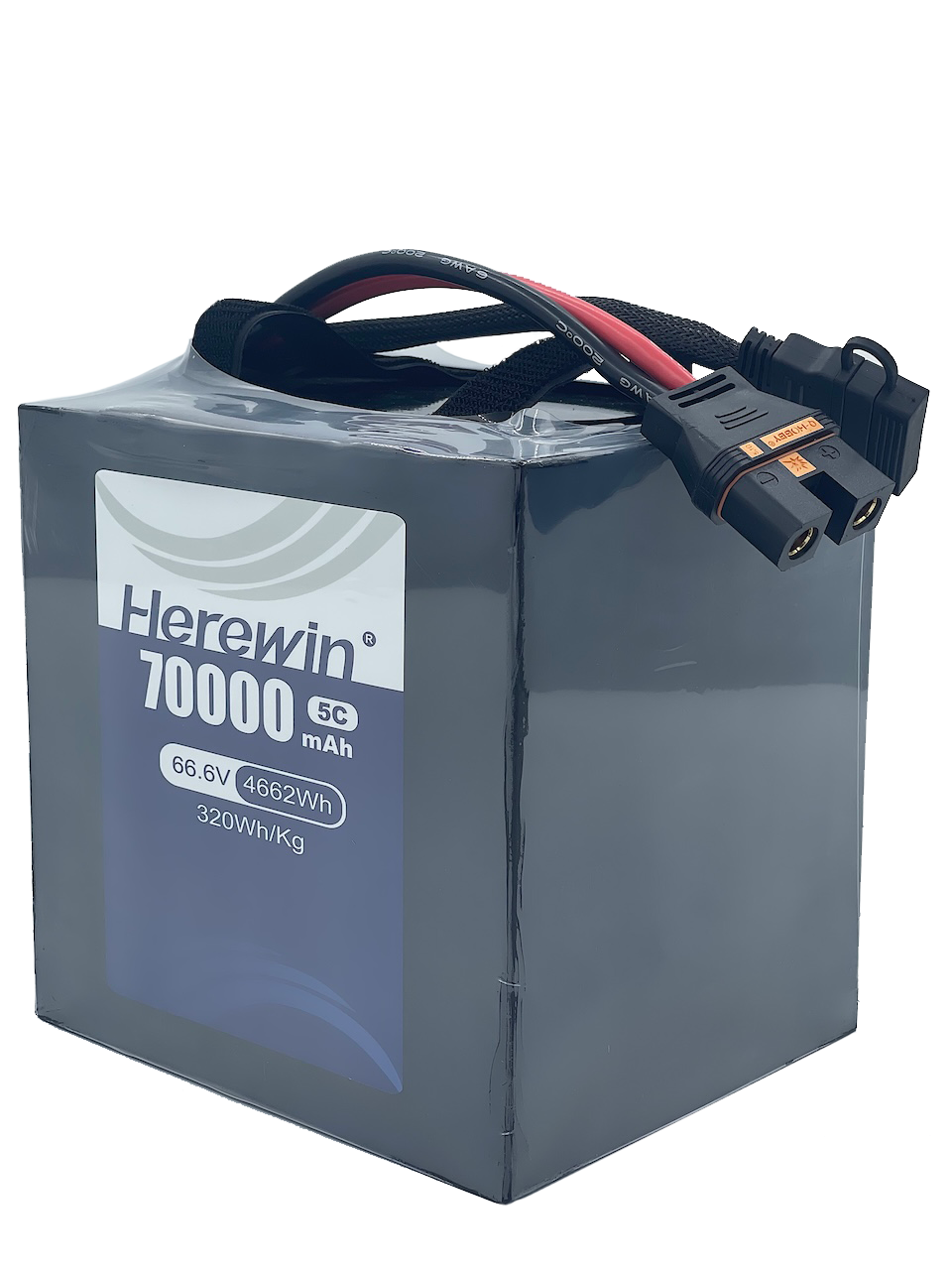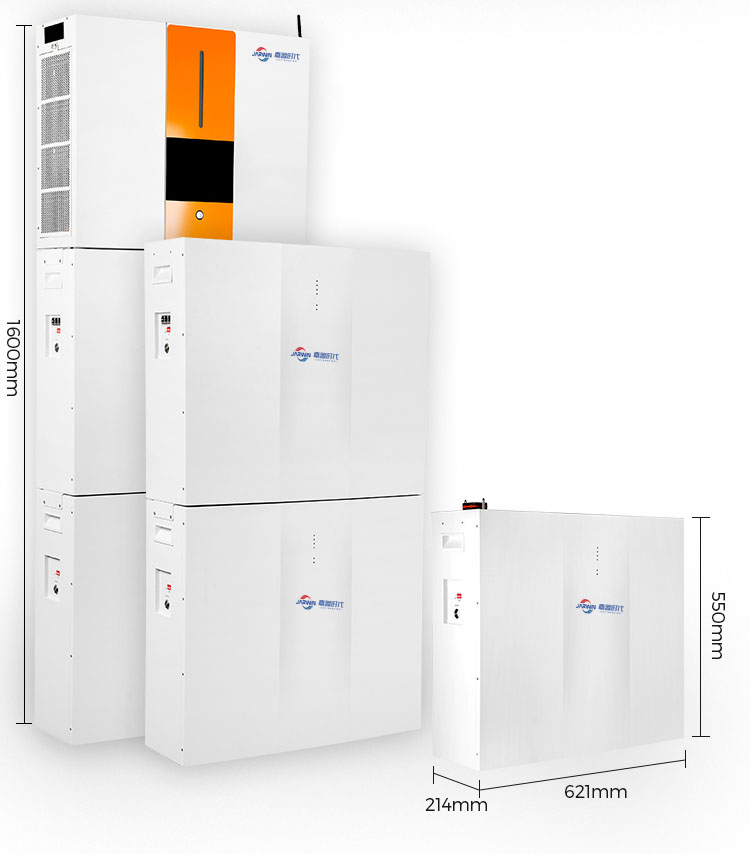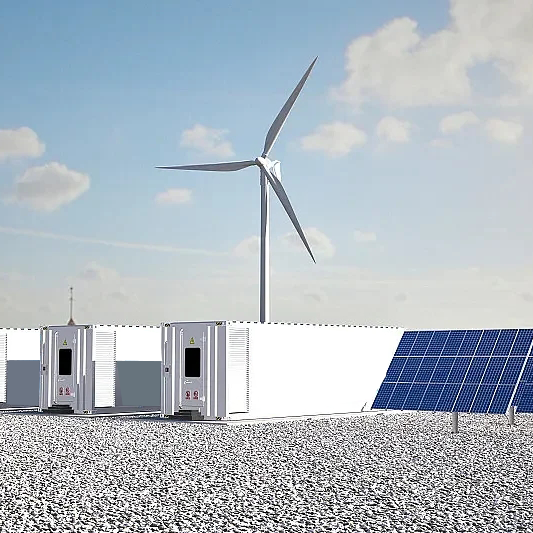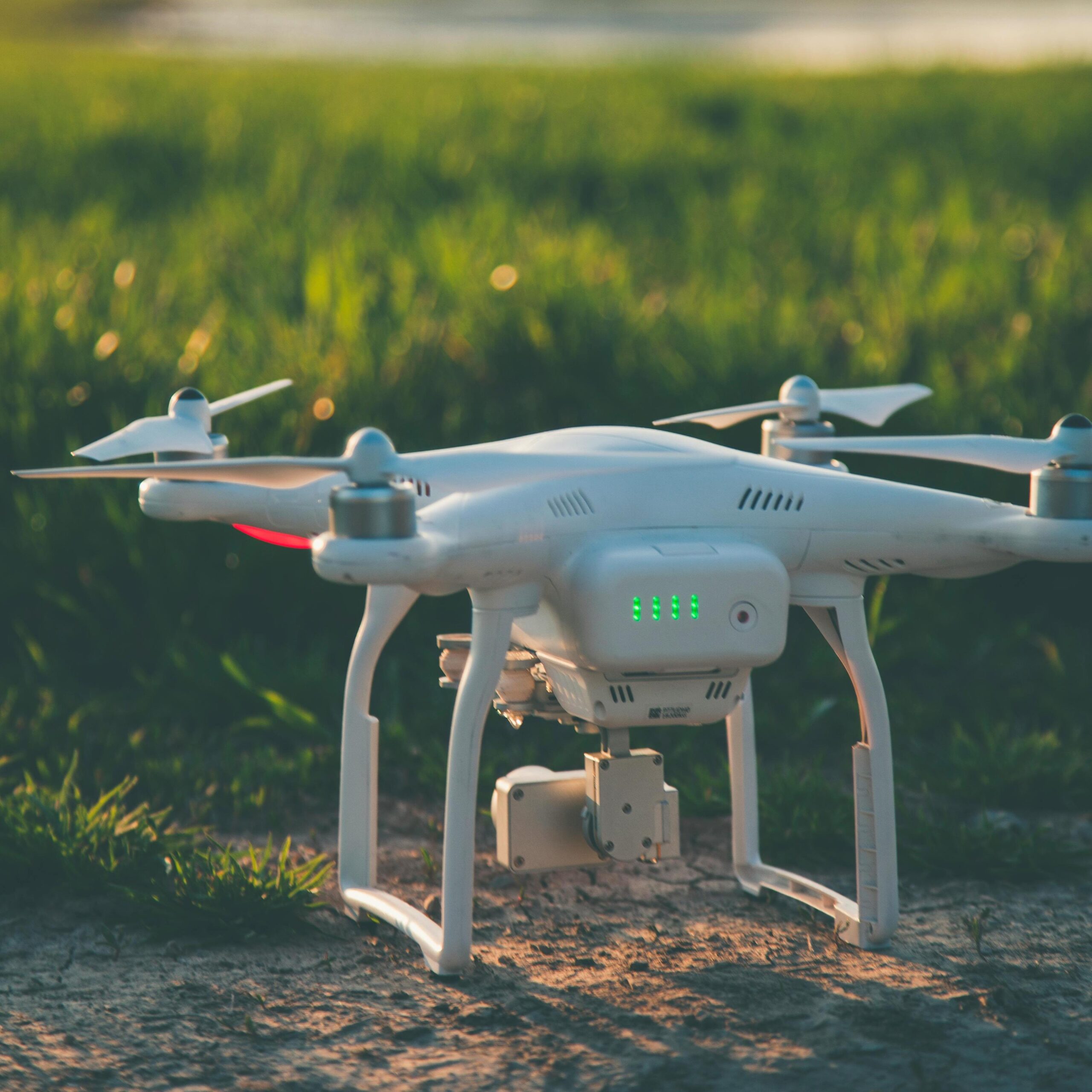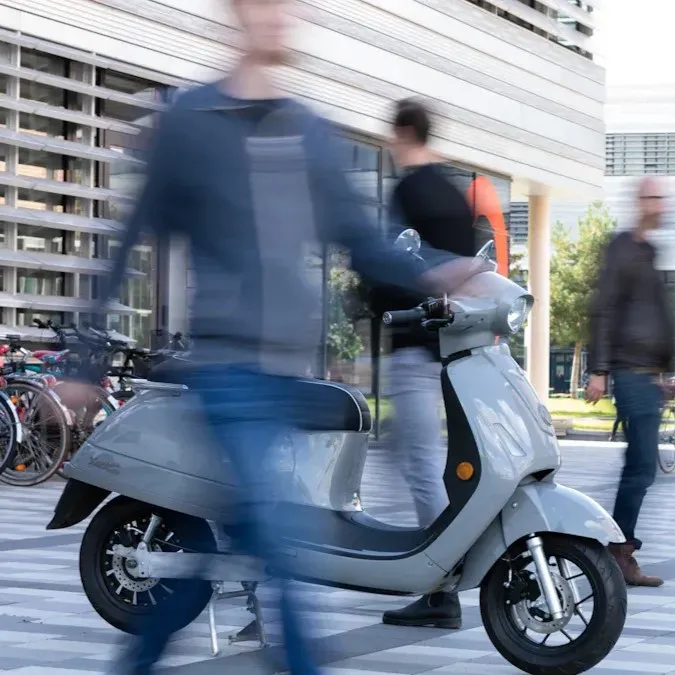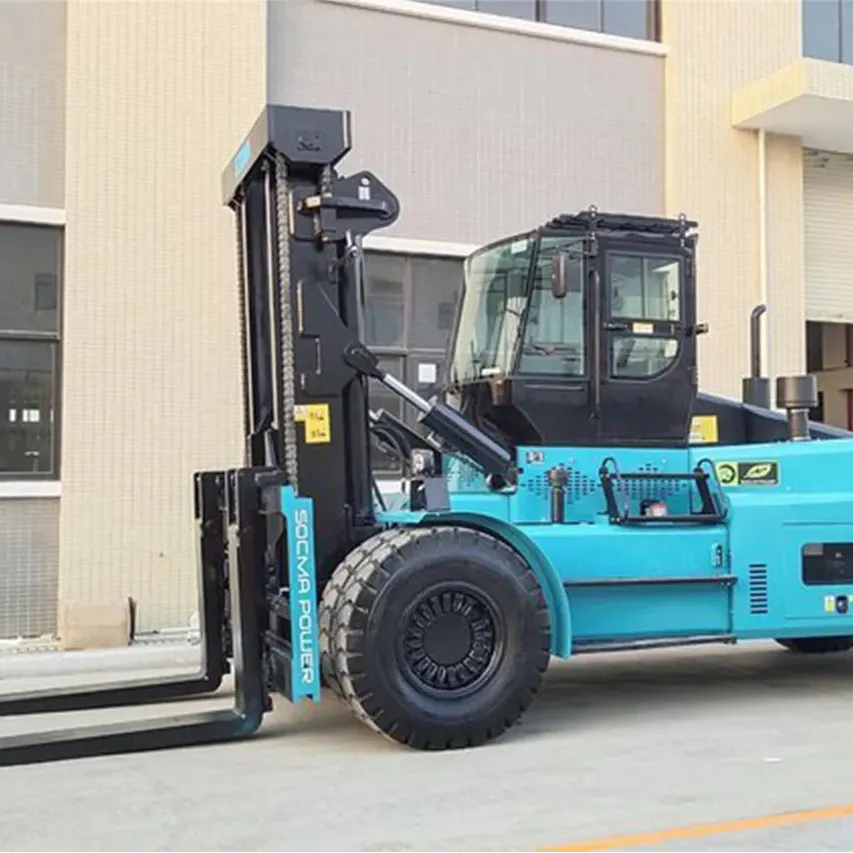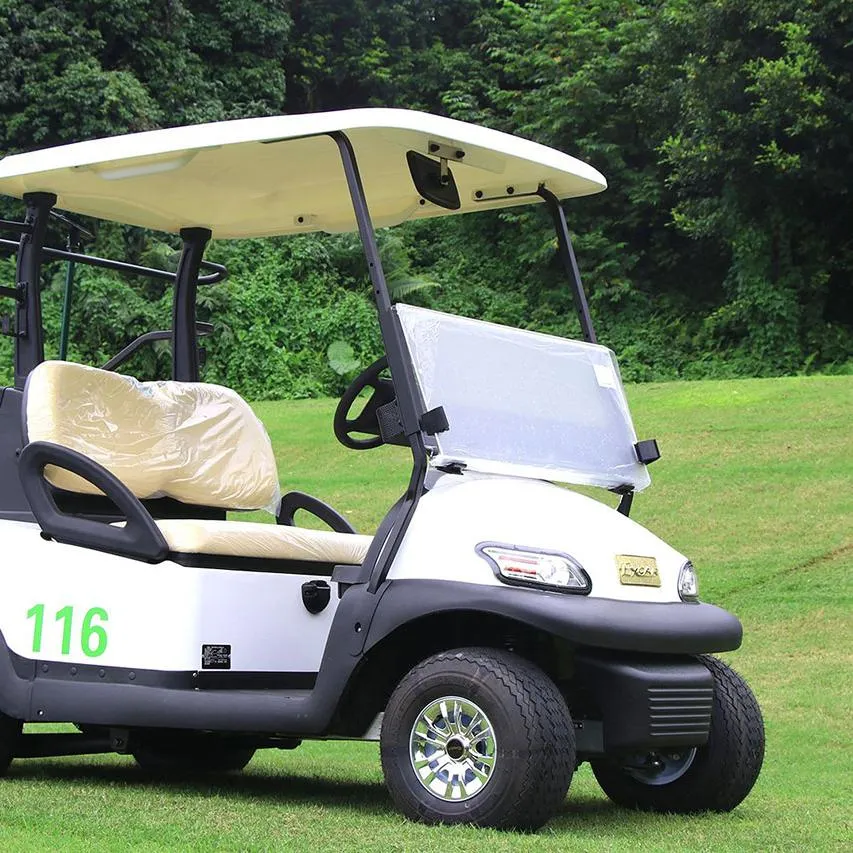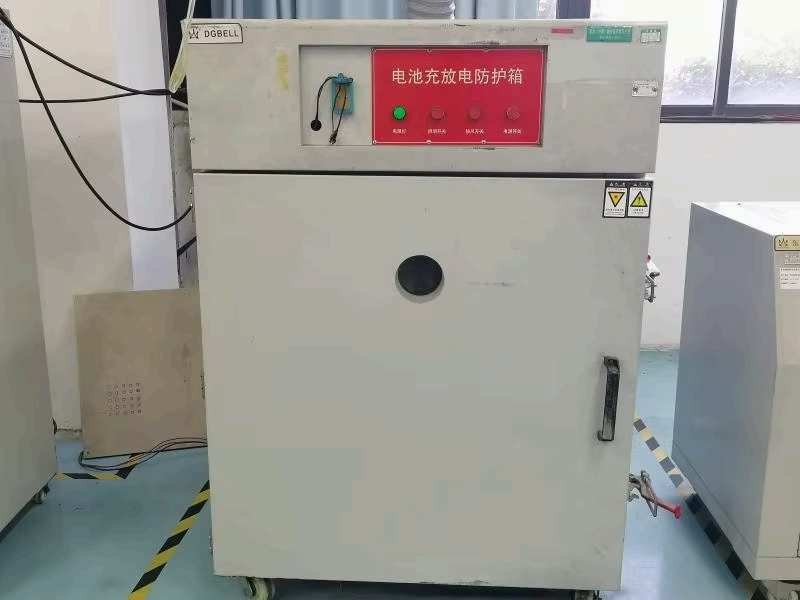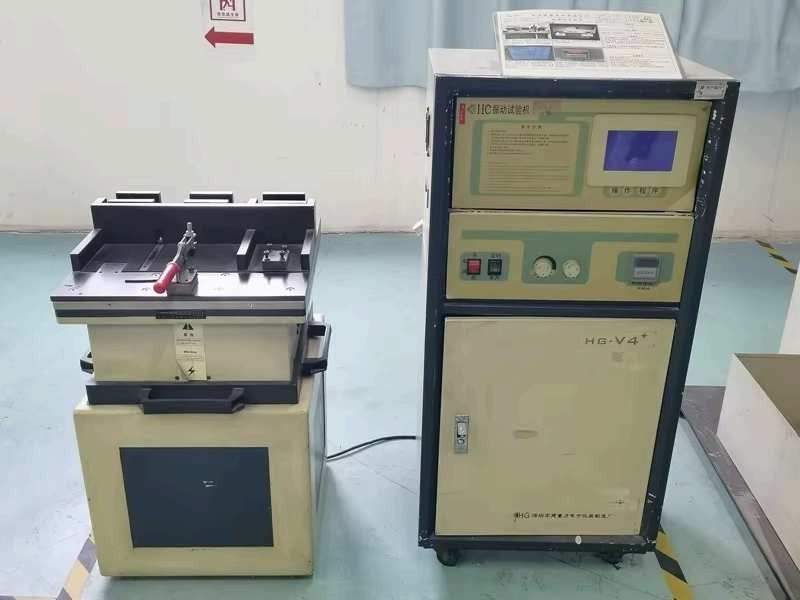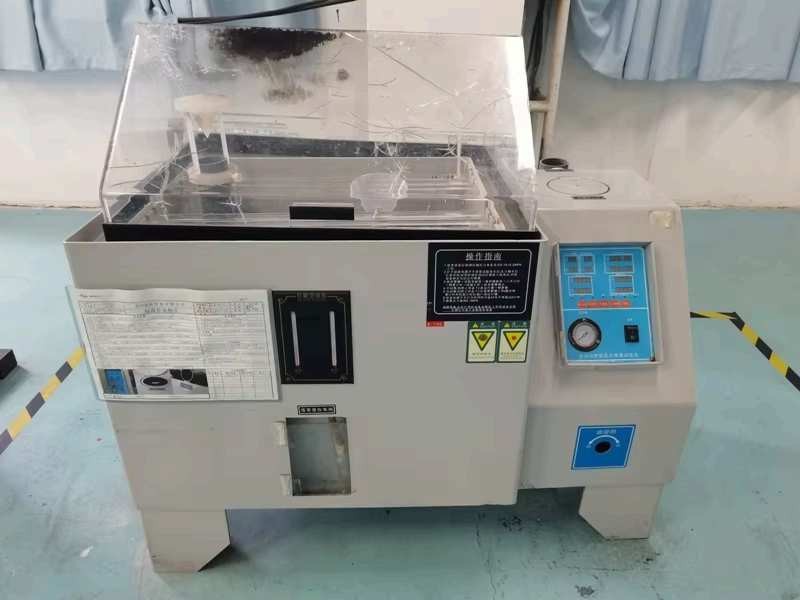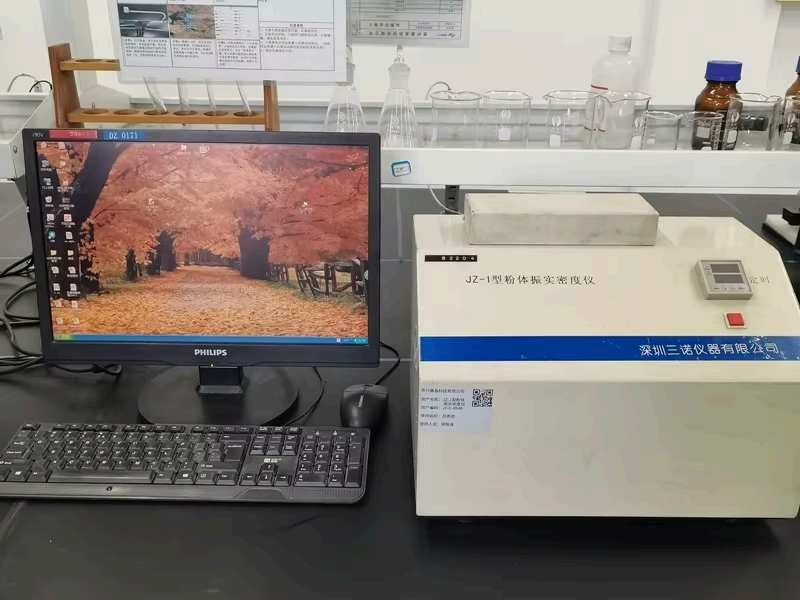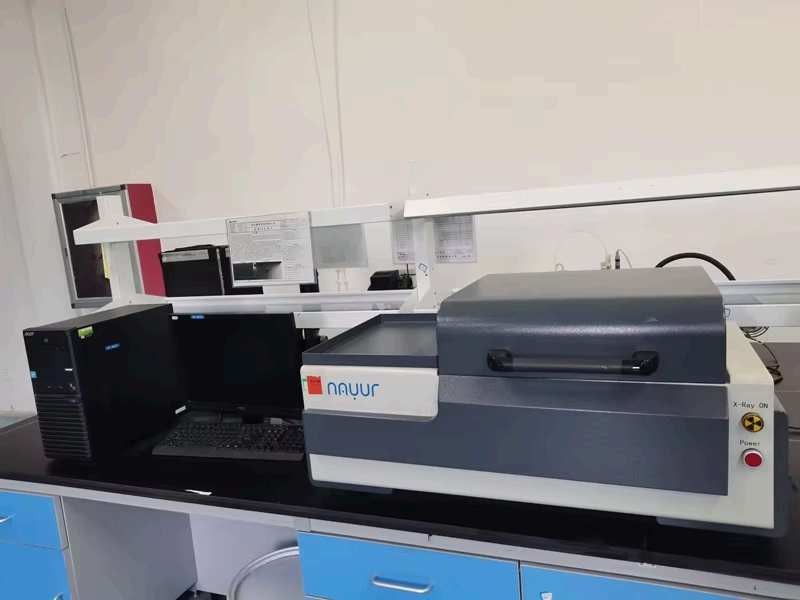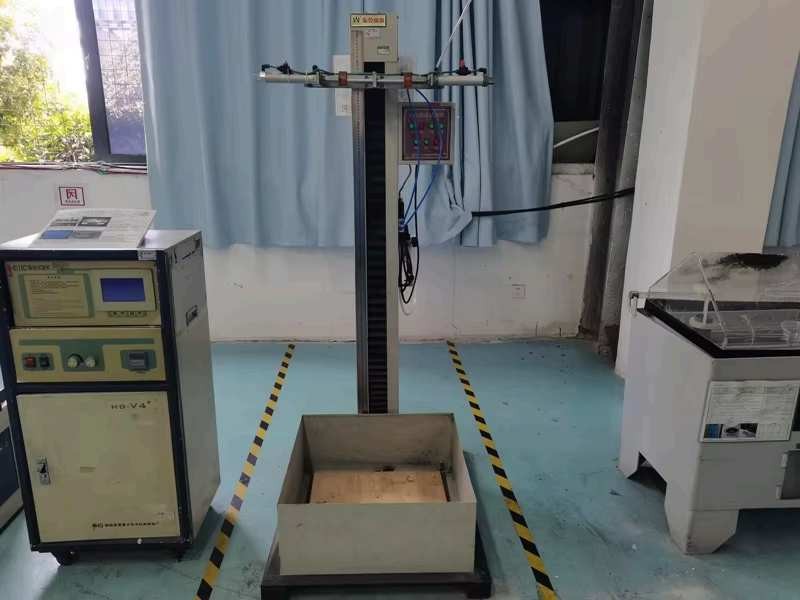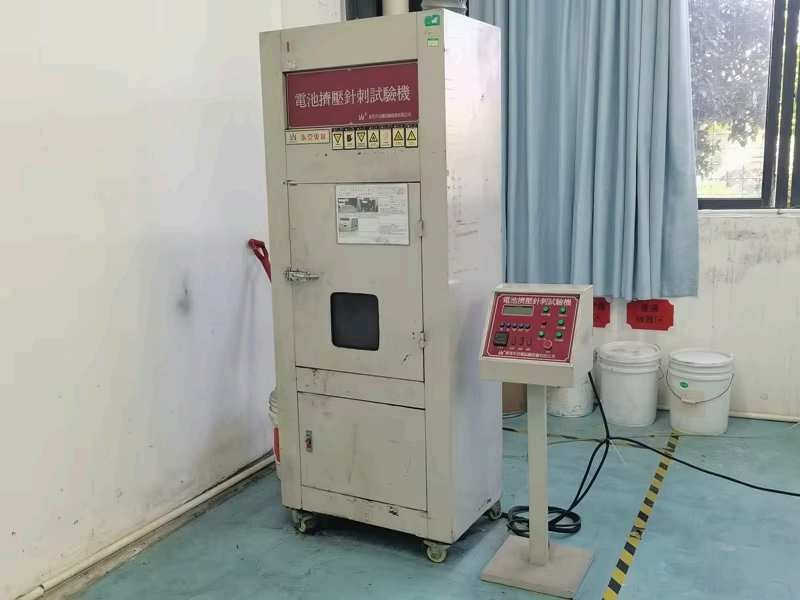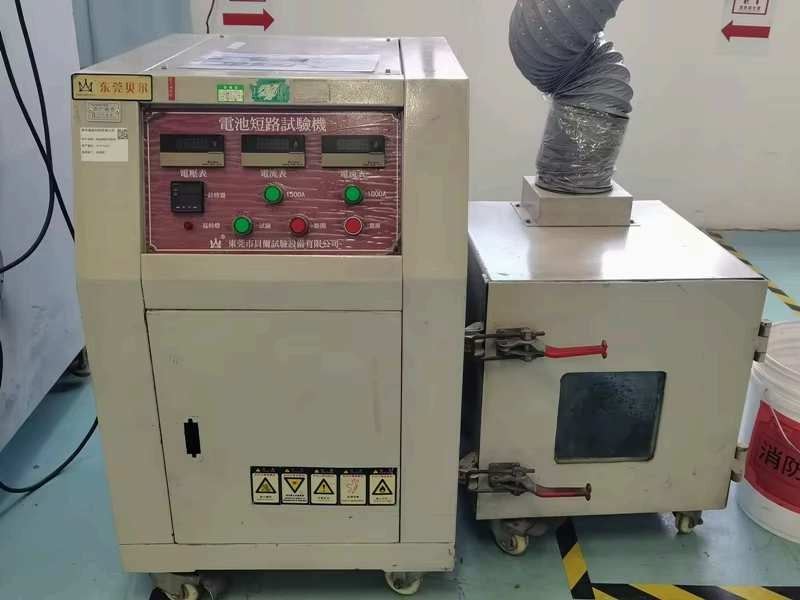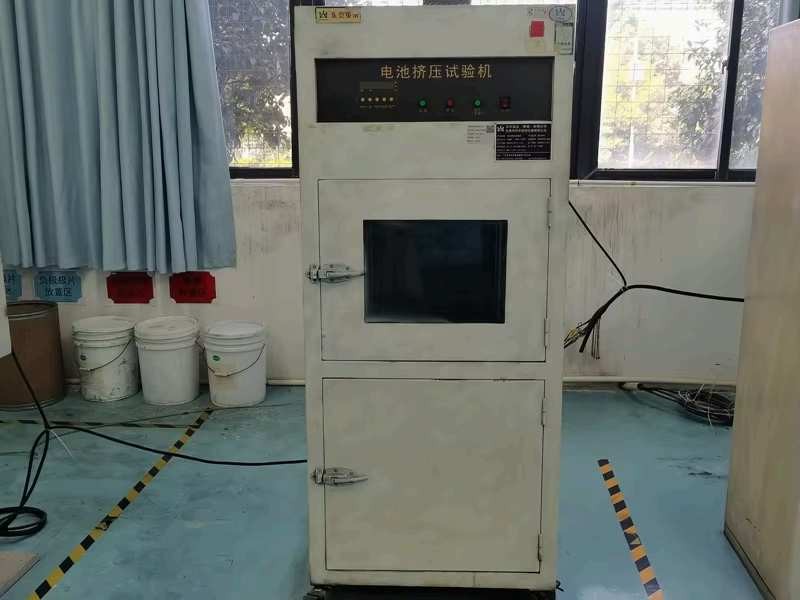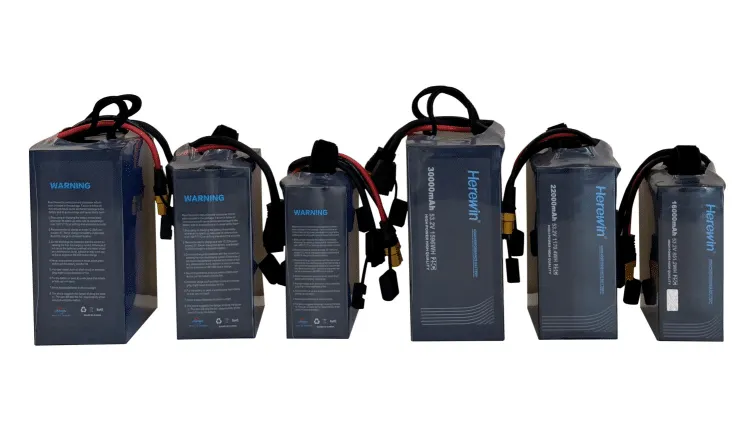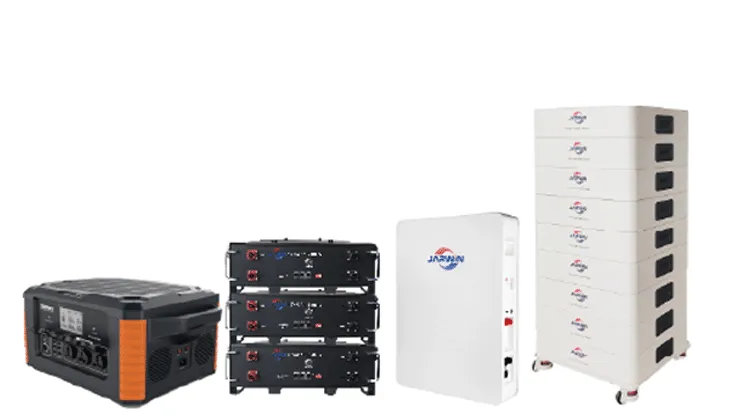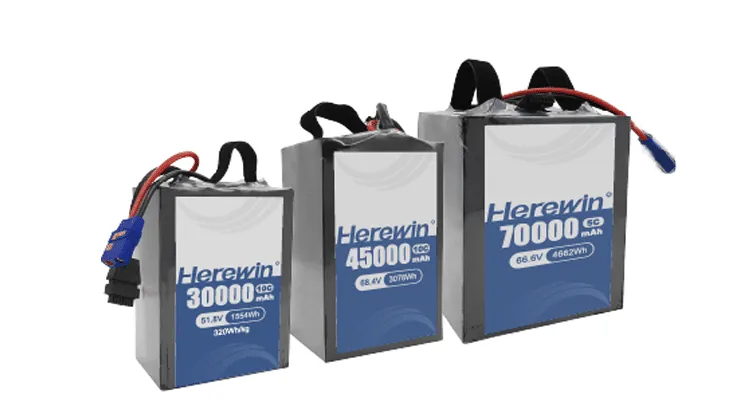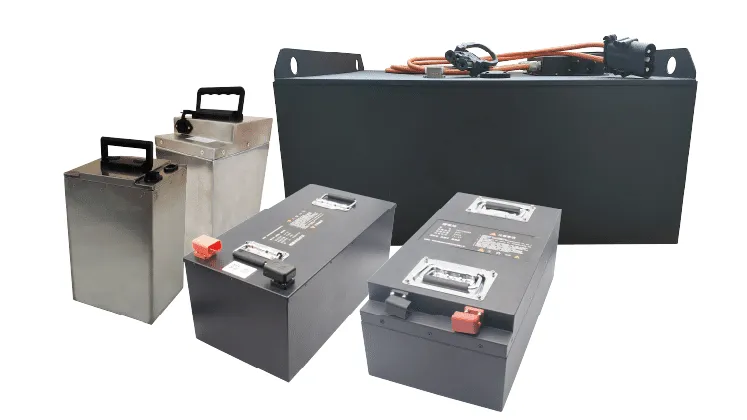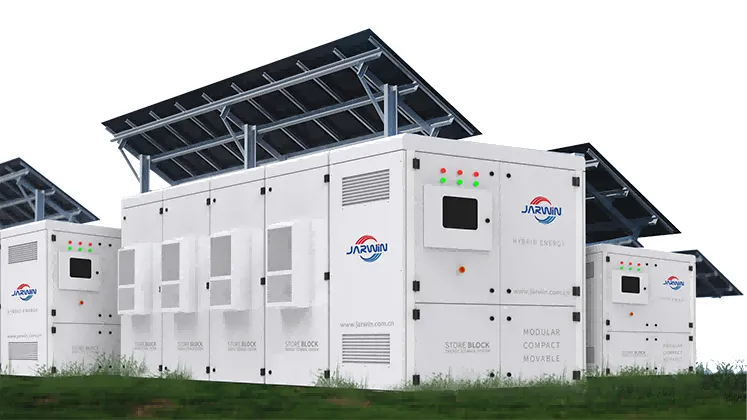LiPo(Lithium Polymer)
A lithium-ion battery using polymer electrolyte, characterized by ultra-thin and lightweight properties. Supports customized shape designs with excellent energy density, widely used in portable devices like consumer electronics and drones.
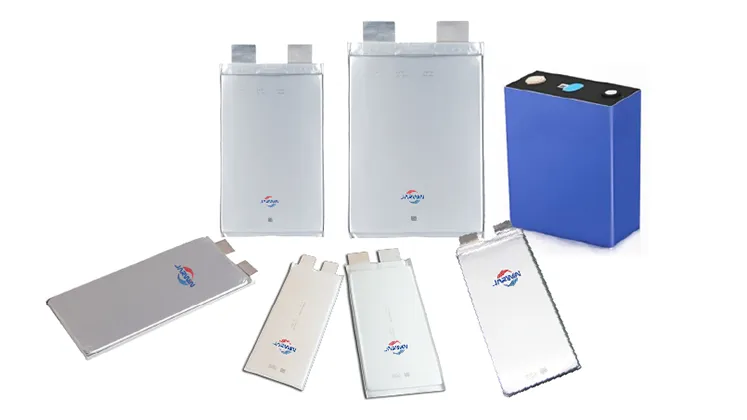

Maximum continuous discharge: 0.5C
Maximum continuous charging: 0.5C
Cycle life: ≥ 2000 times
Cell weight:~1870g
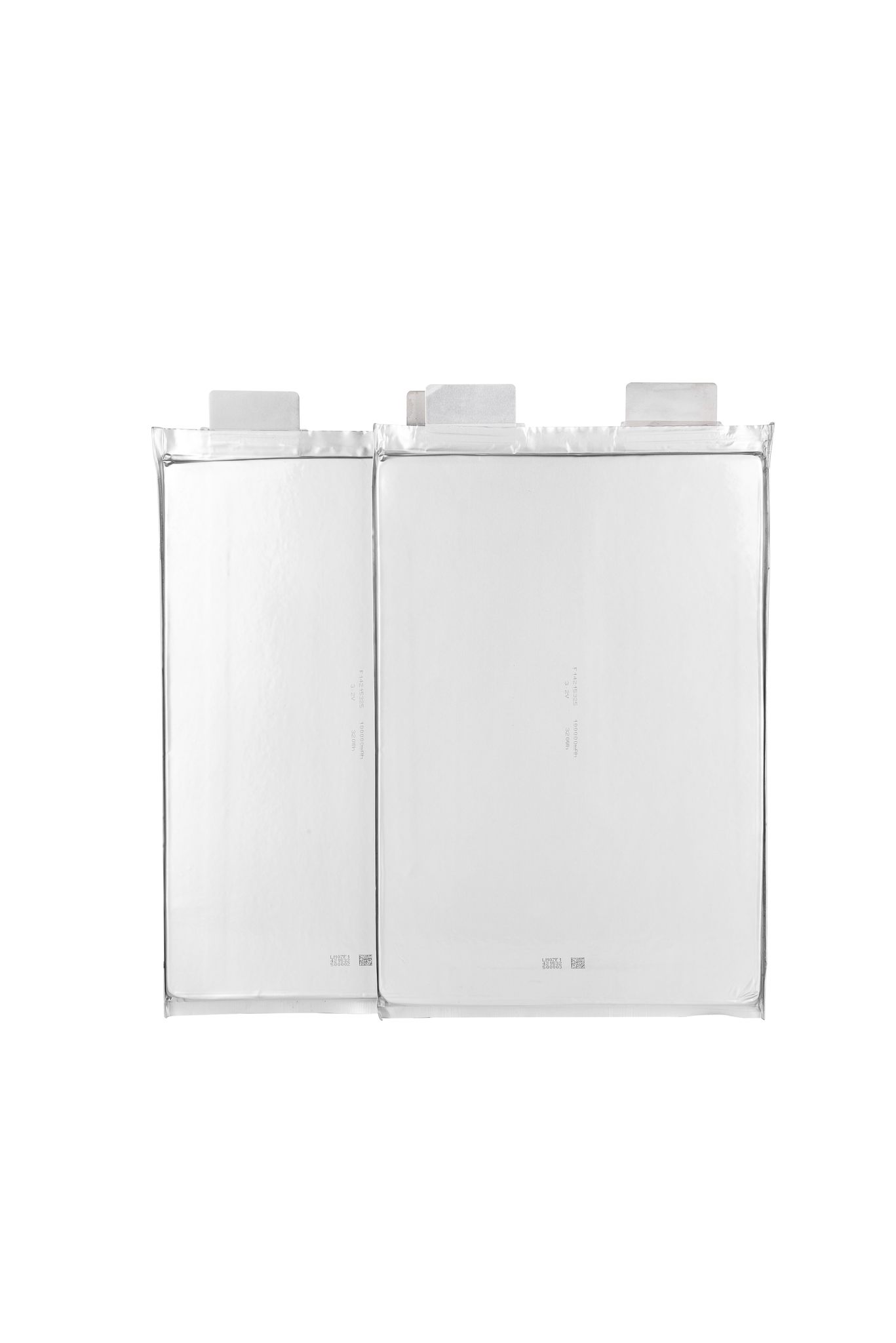
Maximum continuous discharge: 0.5C
Maximum continuous charging: 0.5C
Cycle life: ≥ 2000 times
Cell weight:~755g

Maximum continuous discharge: 10C
Maximum continuous charging: 2C
Cycle life: ≥ 500 times
Cell weight:~400g
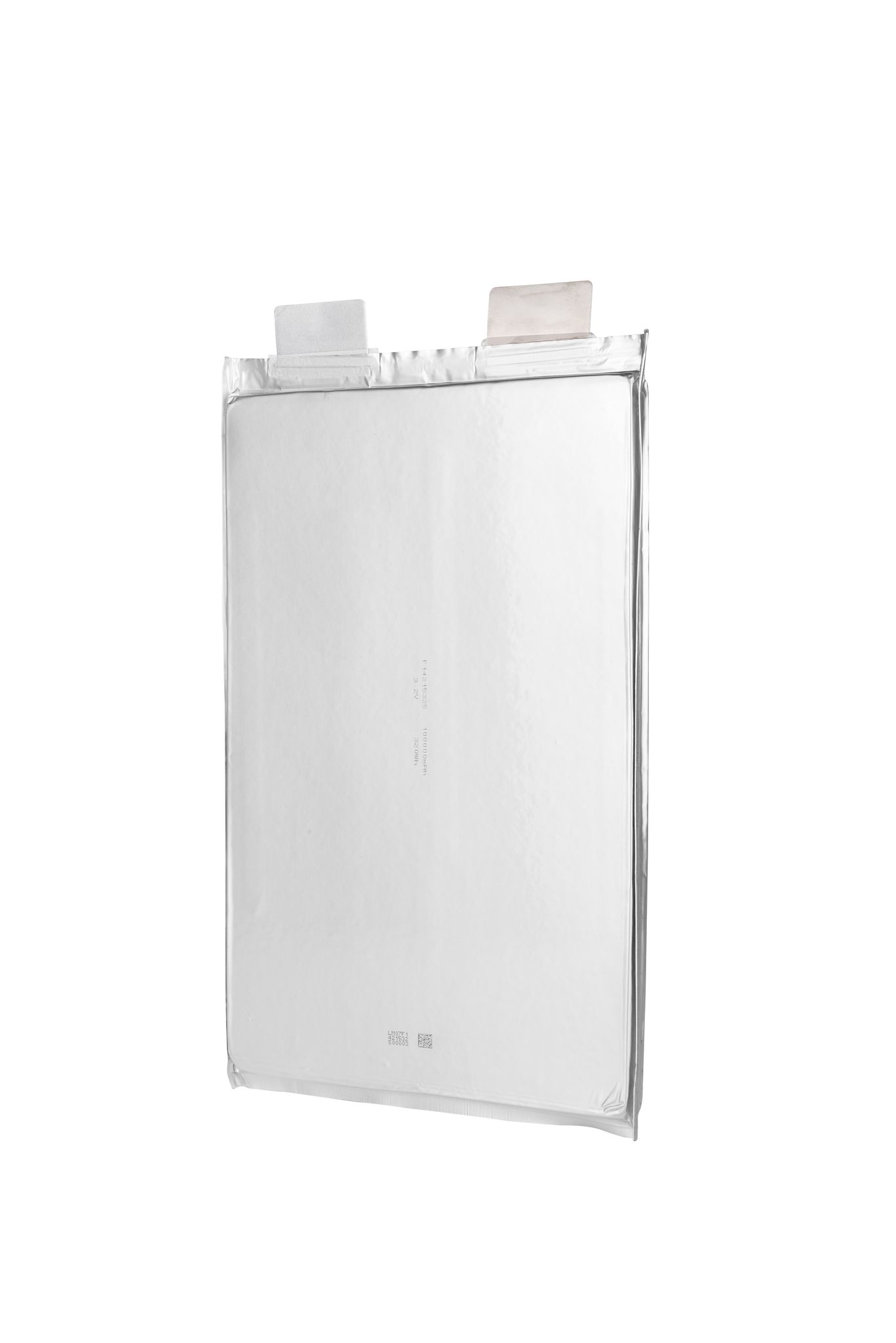
Maximum continuous discharge: 10C
Maximum continuous charging: 2C
Cycle life: ≥ 300 times
Cell weight:~150g
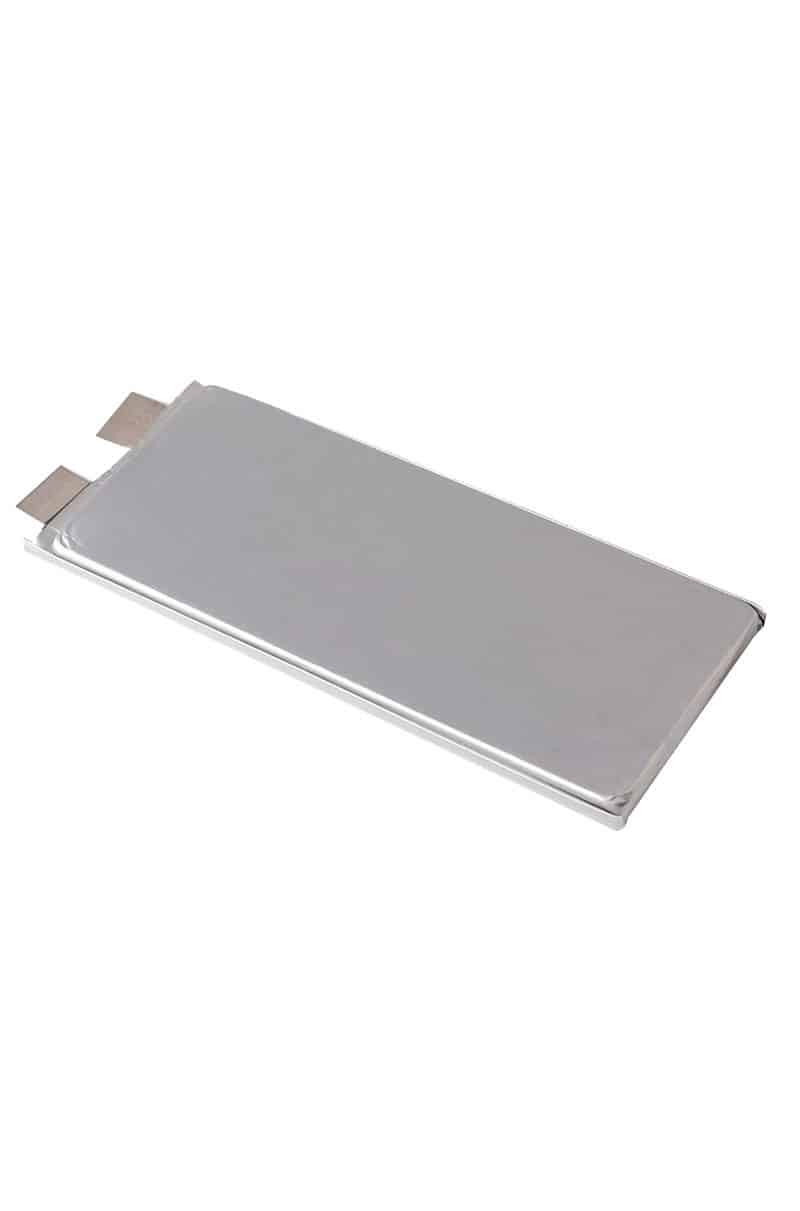
Maximum continuous discharge: 15C
Maximum continuous charging: 4C
Cycle life: ≥ 750 times
Cell weight:~530g

Maximum continuous discharge: 20C
Maximum continuous charging: 3C
Cycle life: ≥ 600 times
Cell weight:~430g
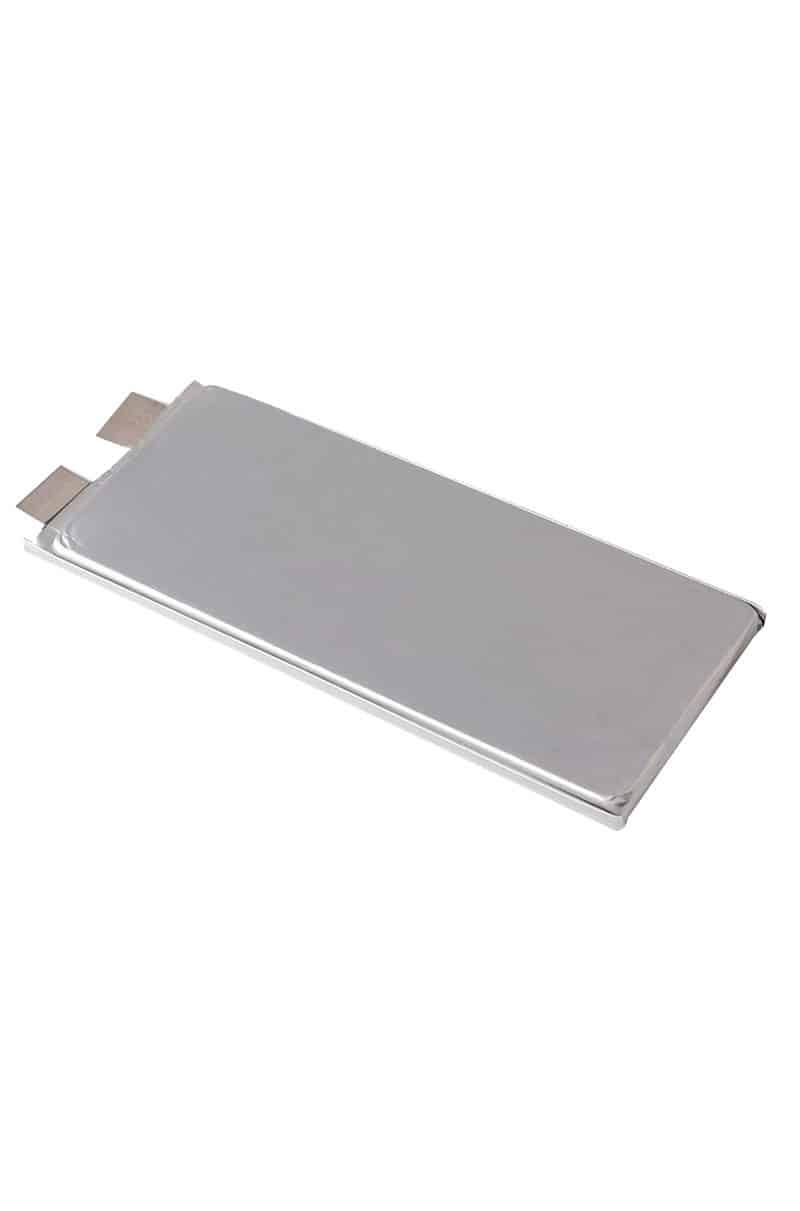
Maximum continuous discharge: 20C
Maximum continuous charging: 3C
Cycle life: ≥ 600 times
Cell weight:~315g
Applications
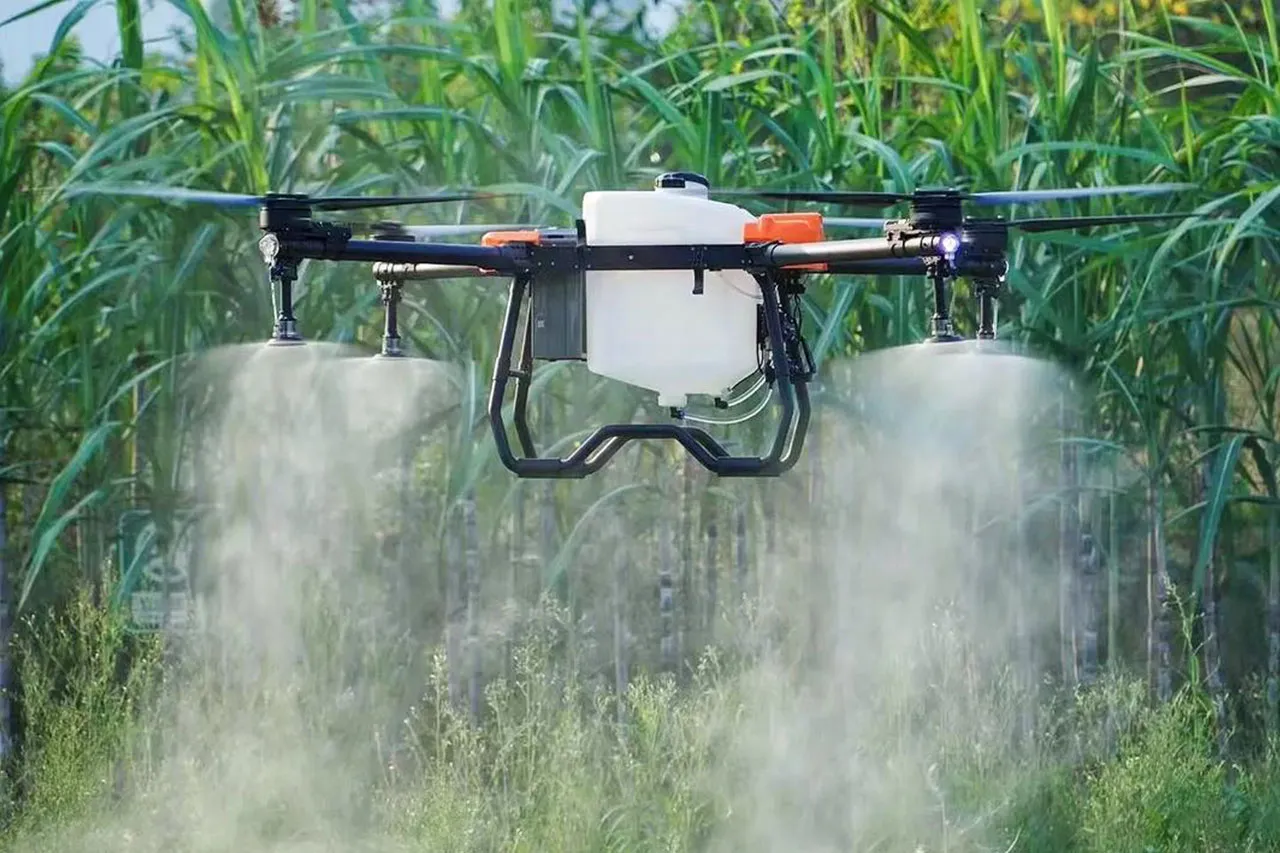
Engineered for long-endurance missions, precise spraying power, and adaptability to complex farmland environments.
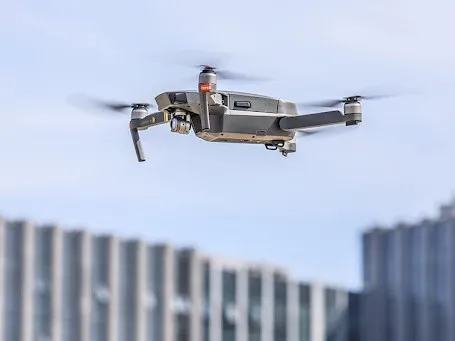
Ultra-thin, high-energy batteries enable lightweight designs and extended flight durations.

Tailored for high-frequency delivery, challenging road conditions, and compact structural integration.

Long-lifespan batteries support reliable, all-day operations across expansive golf course terrains.
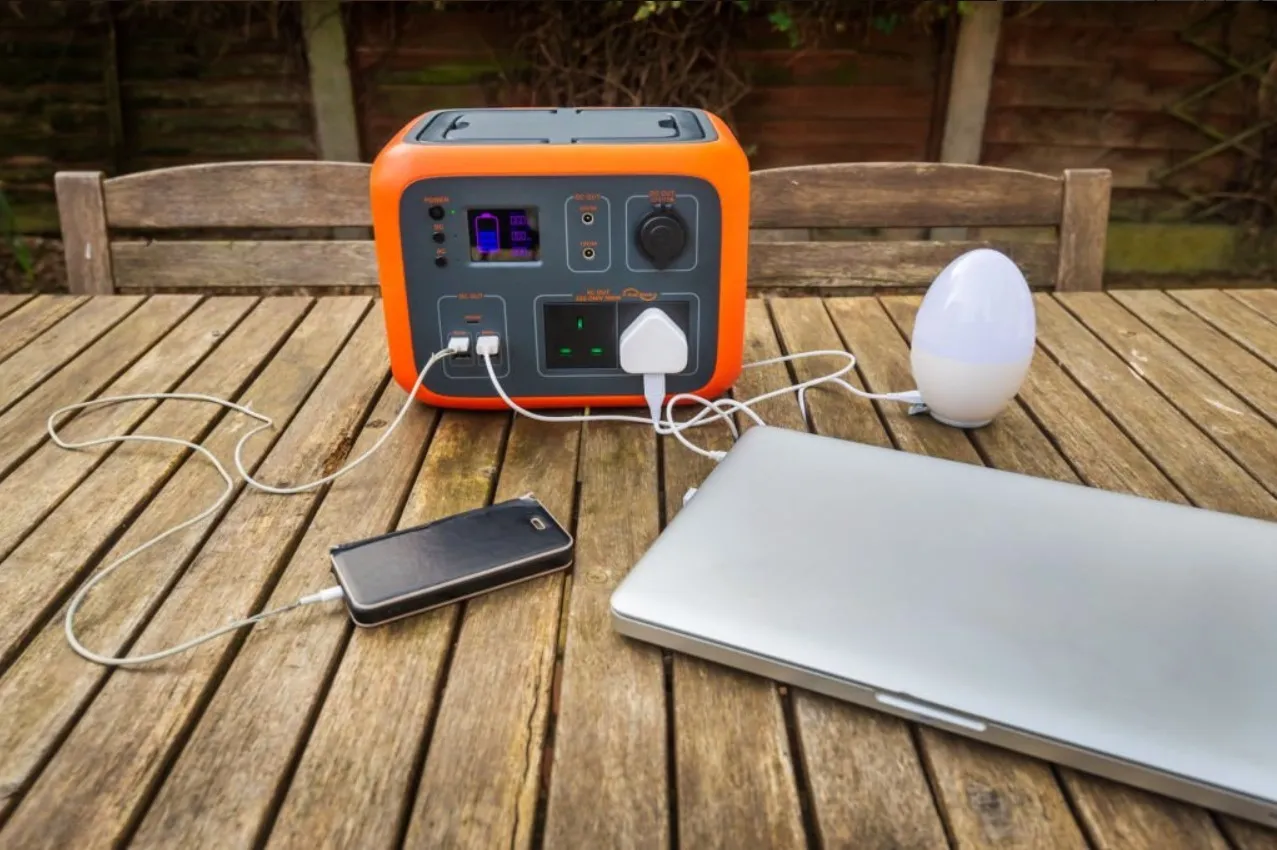
High-density cells deliver stable outdoor mobile power for off-grid use.
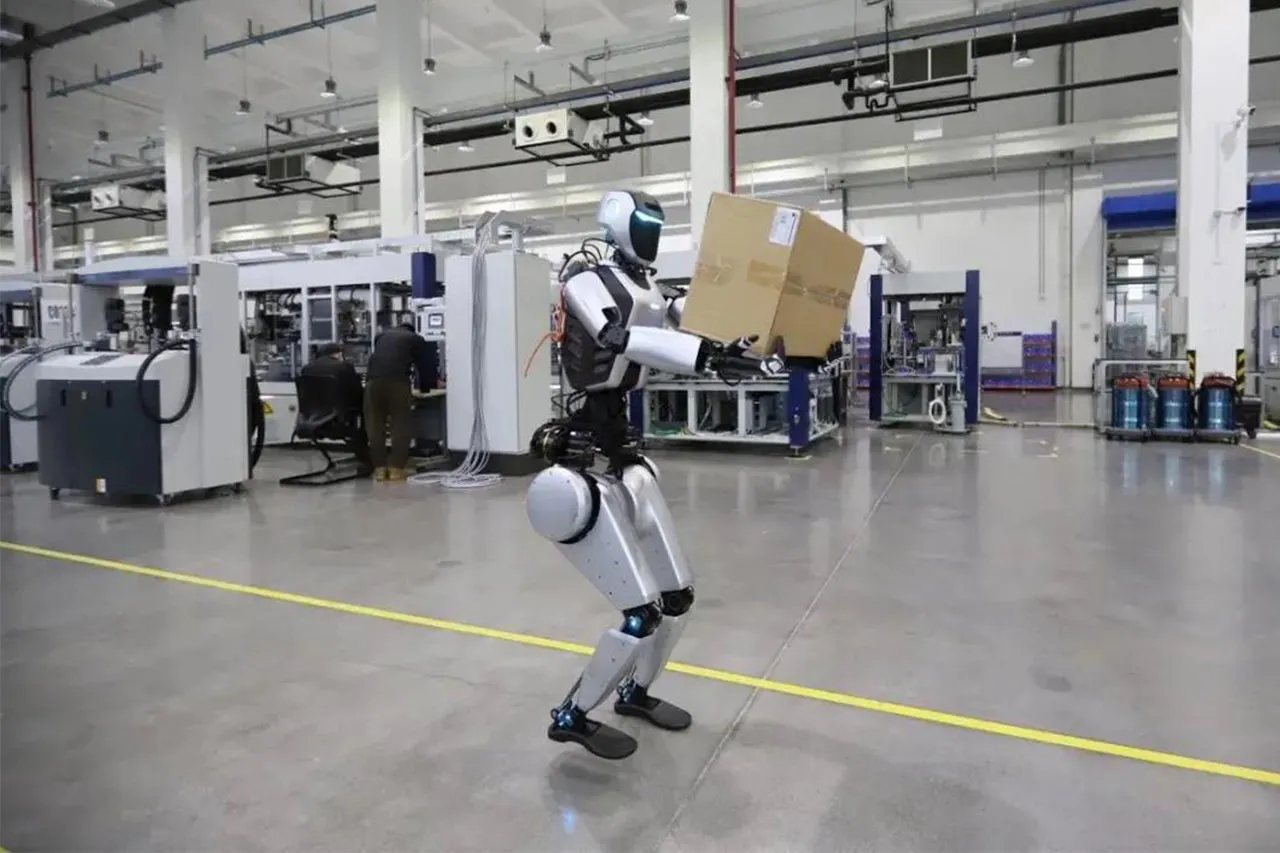
Customizable battery shapes adapt to various vehicle configurations for seamless integration.
FREE DESIGN
Customized exclusive battery plans! Professional engineers plan battery programs one-on-one.
Maximize Drone Effect with Our Tailored Battery Solutions
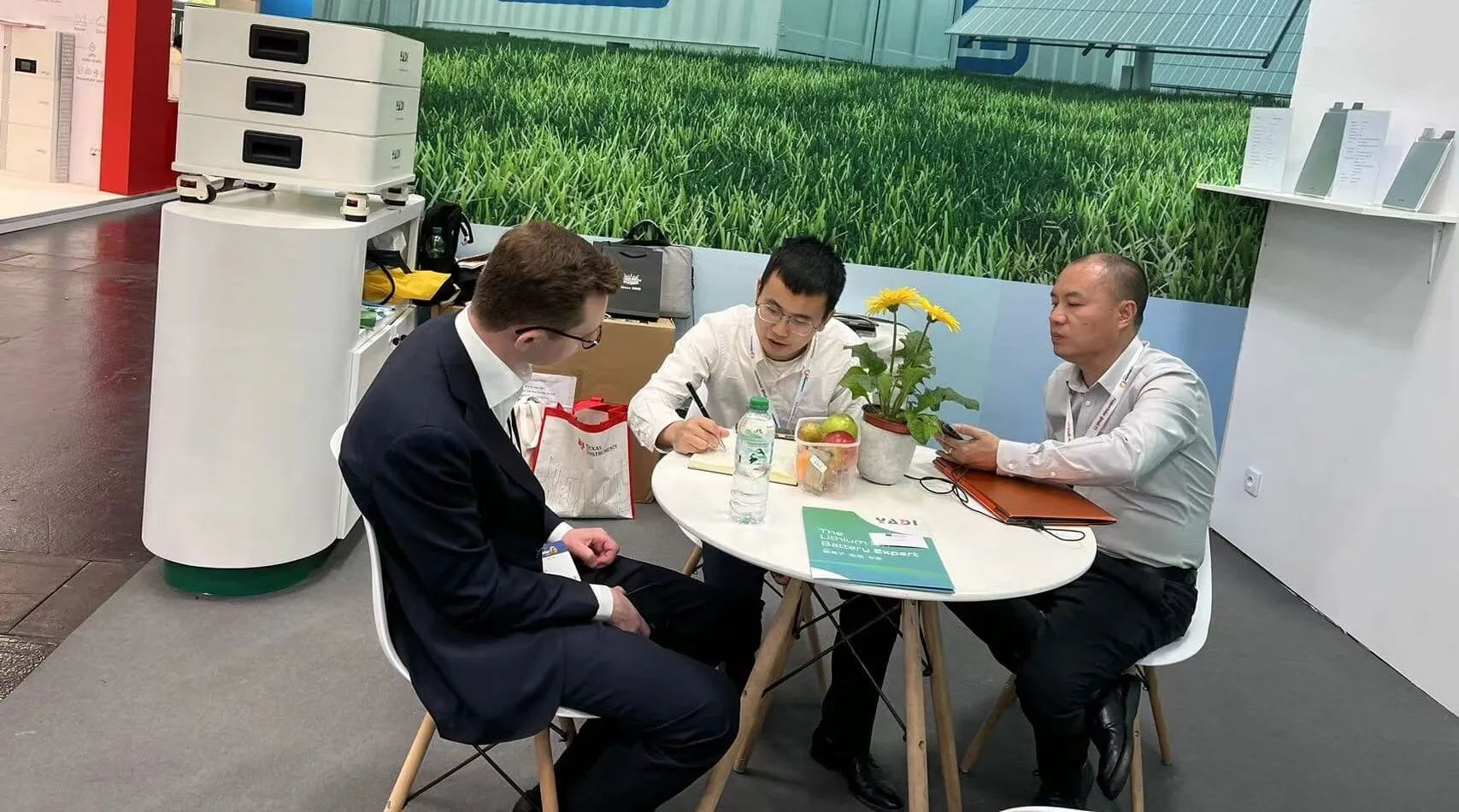
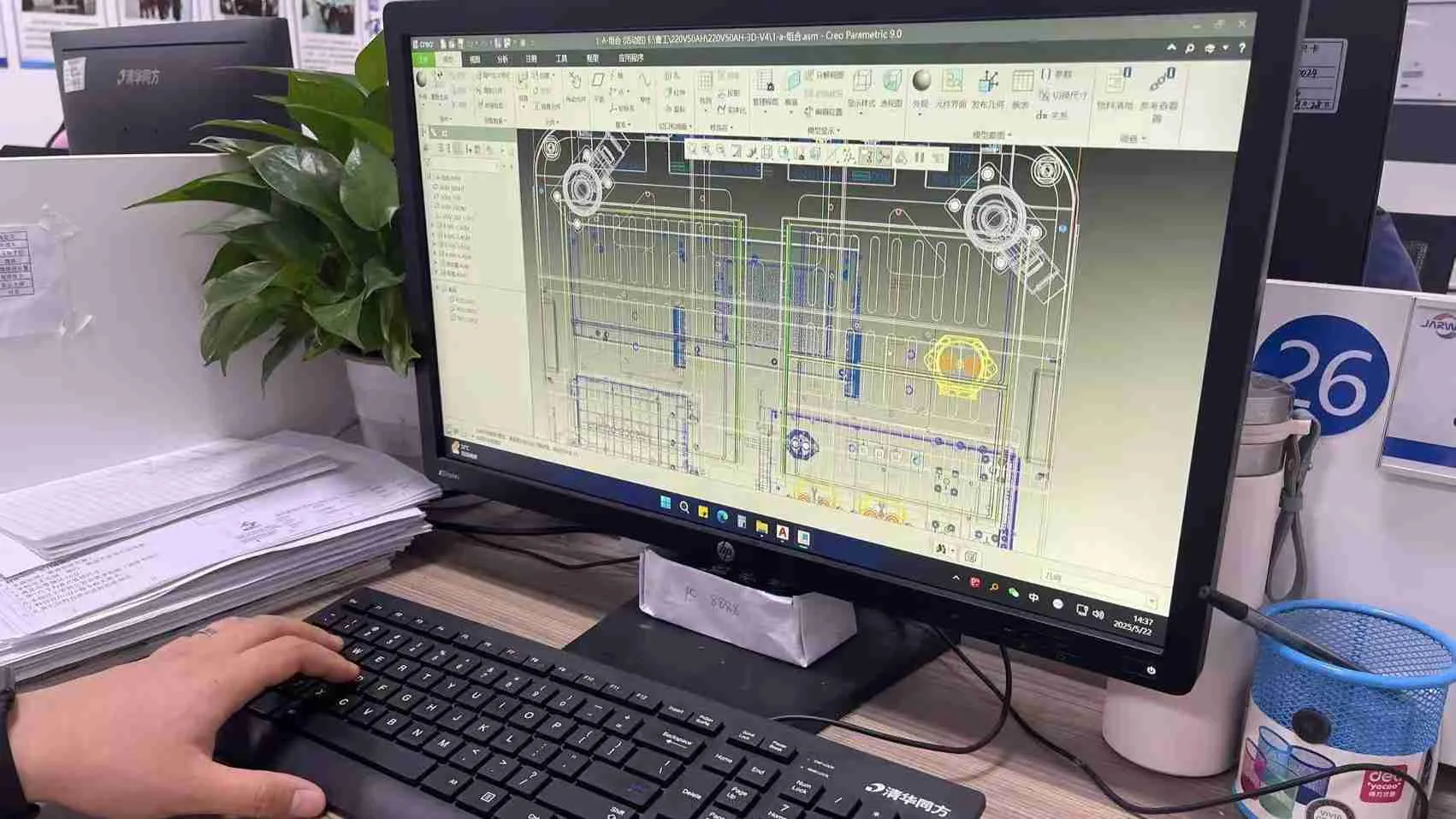
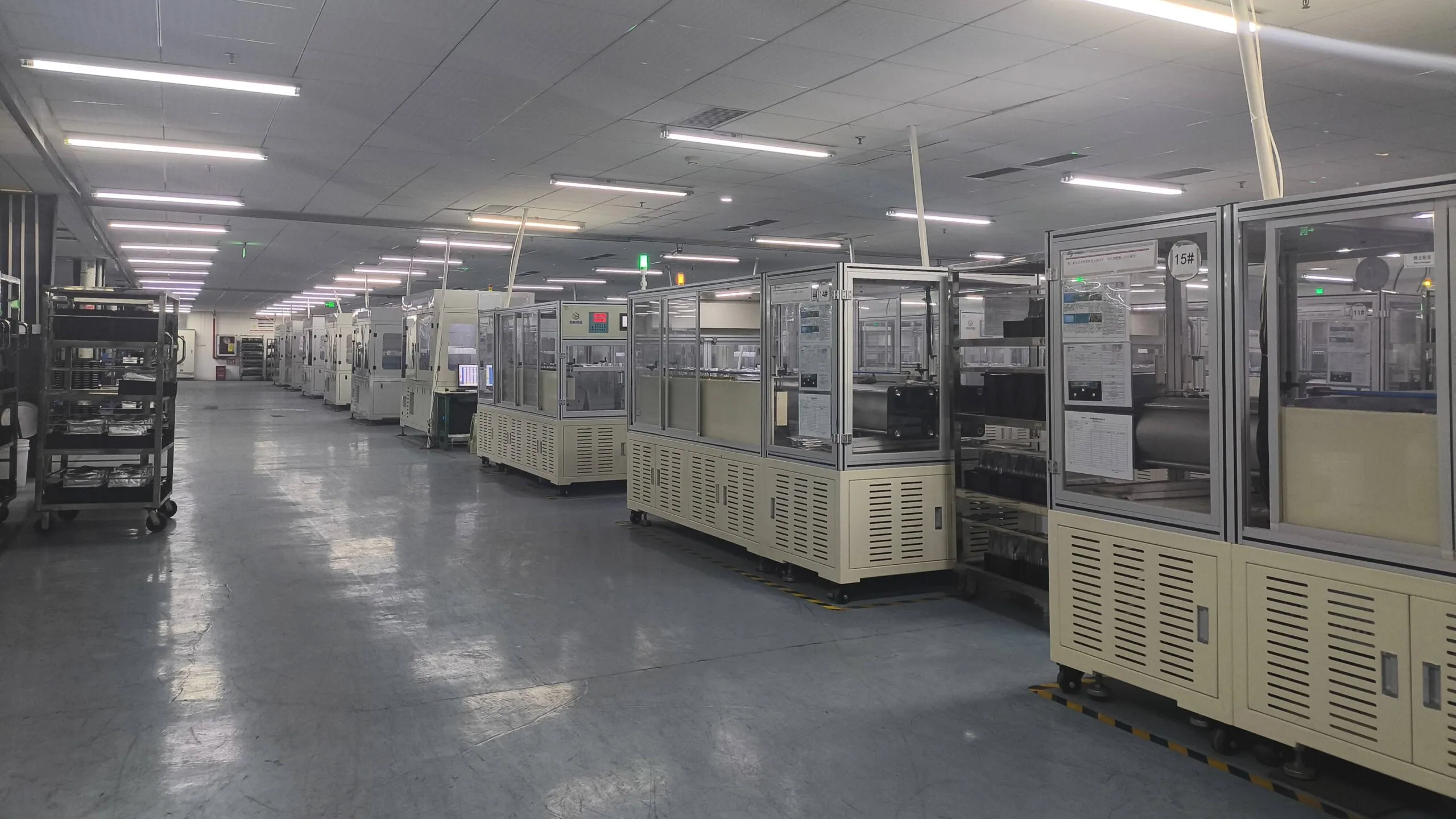
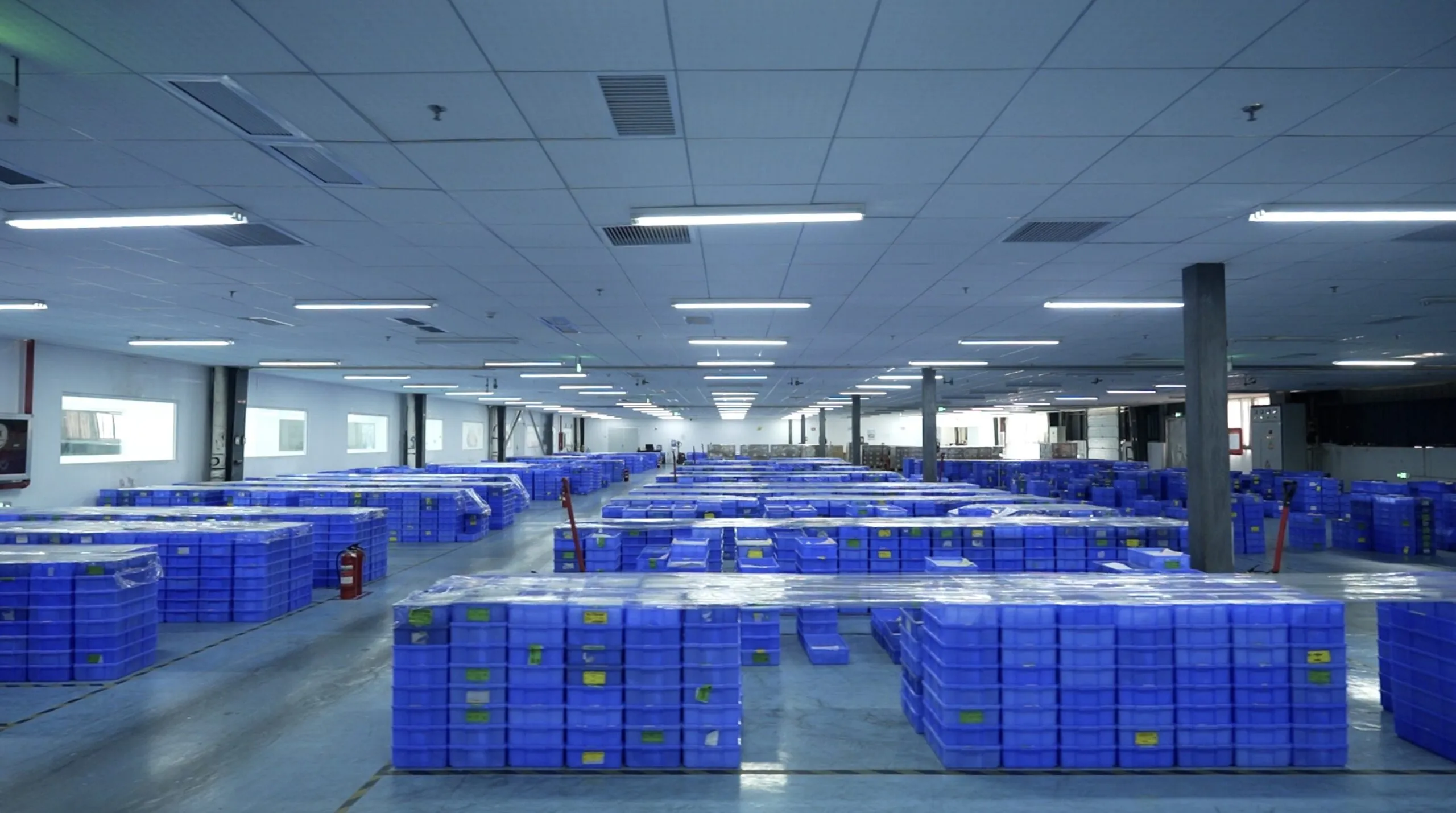
Explore Herewin Factory: The Source of Quality
Founded in 2019, Shenzhen Jarwin Time Technology Co., Ltd. is backed by a founding and operational team with over 20 years of extensive experience in the battery industry. It specializes in developing and producing high-performance lithium-ion polymer batteries.
Gain a comprehensive insight into who we are and what we stand for. By exploring the meticulous precision of our
production lines, the efficient management of our factories, and the genuine feedback from our satisfied customers,
you’ll see how we ensure excellence at every step of the process
Different Services For Clients With Different Patterns
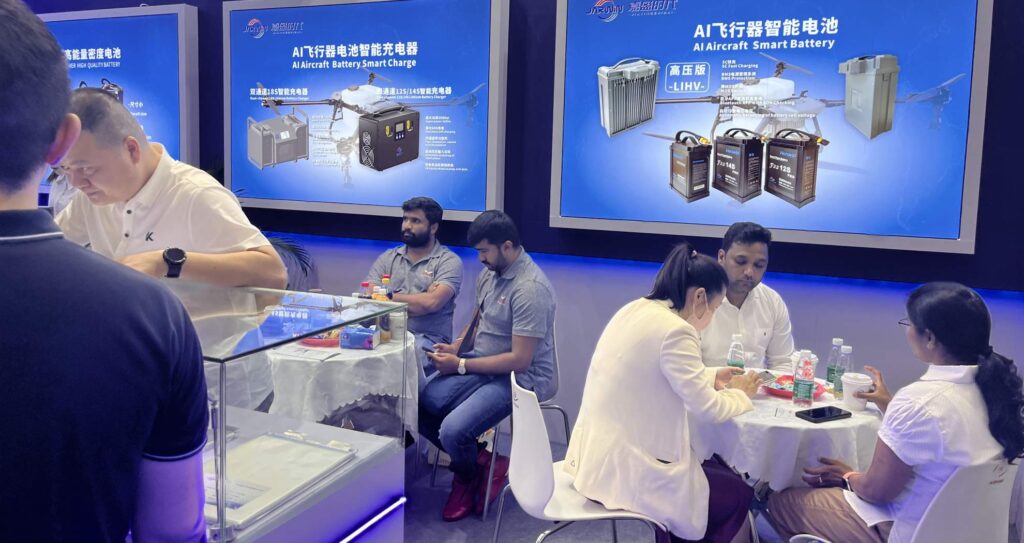
FOR OFFLINE CLIENTS
Flexible Delivery Time
Reliable delivery schedules and warehousing support.
High Cost-Effectiveness
Competitive pricing to maximize overall value.
Wide Product Selection
Diverse options to cater to all market segments.

FOR ONLINE CLIENTS
Low MOQ
Flexible MOQ with mixed product options.
Custom Logo
Personalized logo customization for small batches.
One-Stop Marketing Package
Provide quality images, videos to enhance sales revenue.

FOR BRAND CLIENTS
Exclusive Regional Rights
Provide all of herewin's resources and capabilities
R&D Resources
Custom sample within 7 days with R&D capabilities.
Fast Delivery
Efficient production and ship within 25 days at the fastest.
Production Flow of Battery Cells
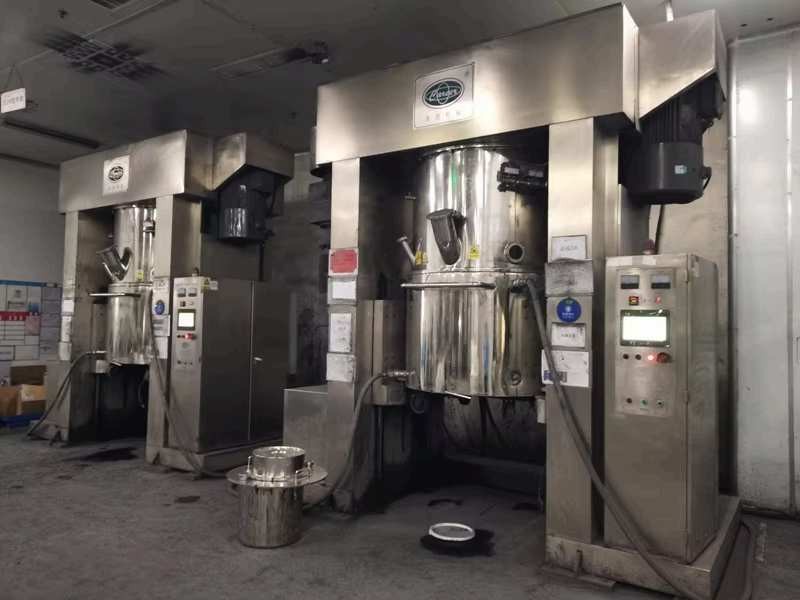
Blends active materials, binders, and solvents into a uniform slurry to ensure consistent electrochemical performance.
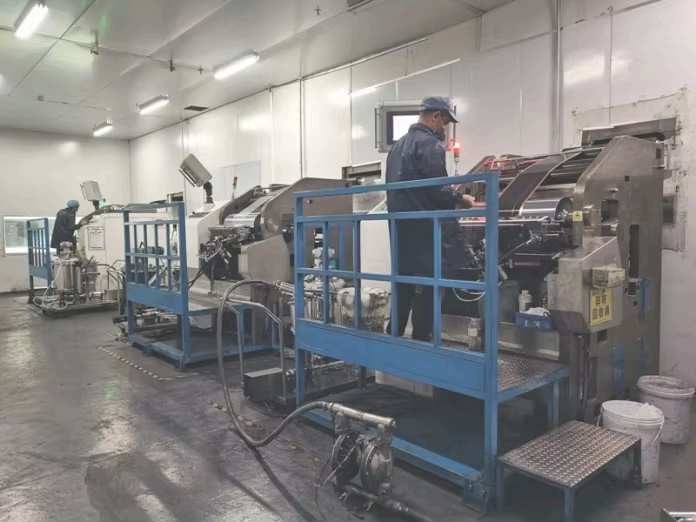
Spreads the slurry onto metal foils (anode/cathode) with precise thickness control for optimal energy density.
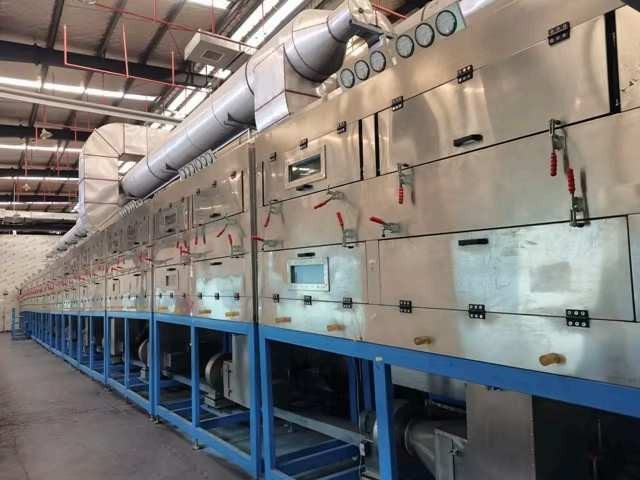
Removes solvents from coated electrodes to stabilize material adhesion and prevent cracking.
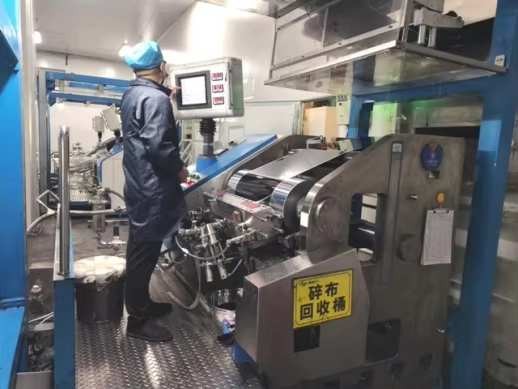
Combines anode/cathode layers with separators and winds them into a compact jellyroll structure.
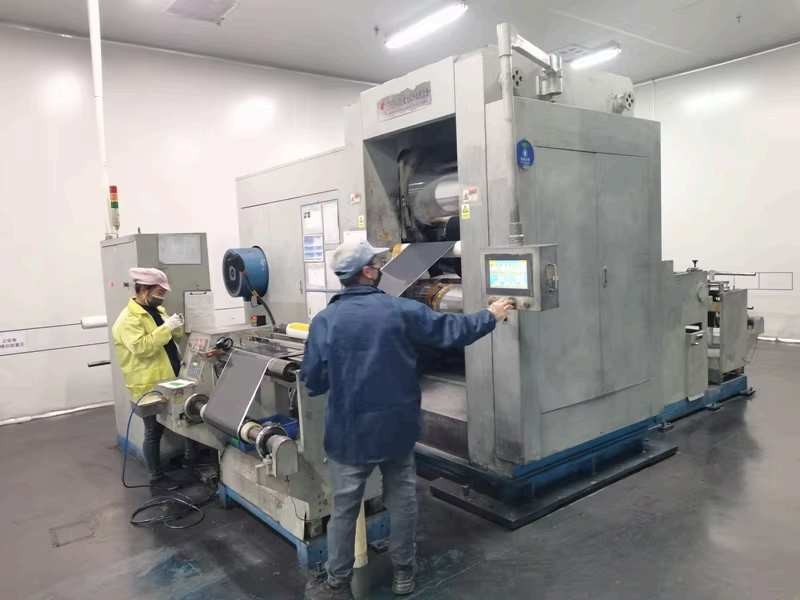
Compresses electrodes to enhance density and conductivity while maintaining porosity for ion flow.
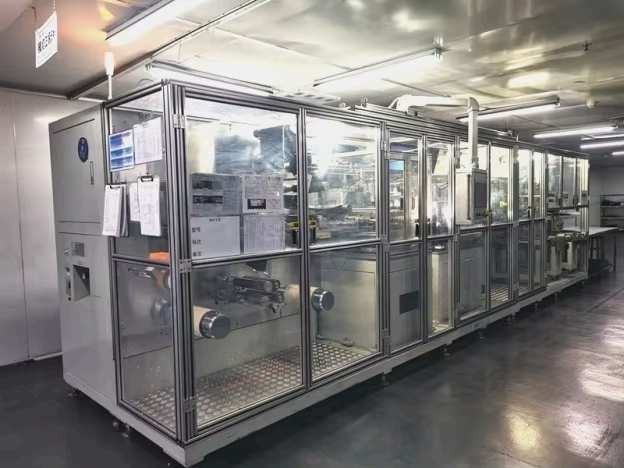
Trims electrodes into precise dimensions to fit battery cell specifications.

Aligns anode/separator/cathode layers in a Z-fold pattern to maximize space efficiency.

Joins electrode tabs using laser welding to minimize resistance and ensure current stability.
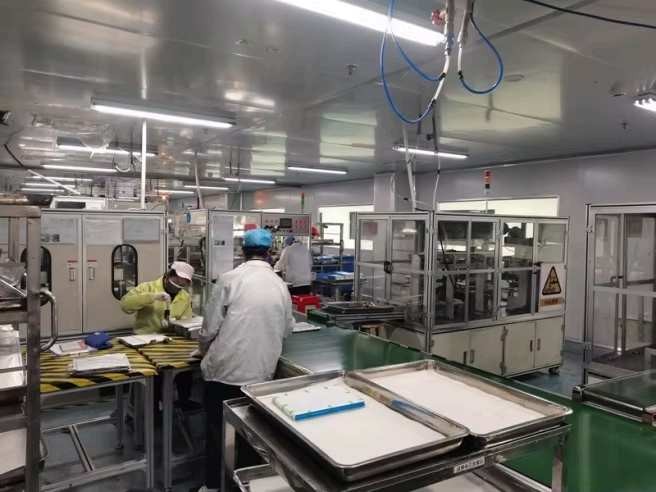
Seals cells in aluminum-plastic film to protect against moisture, dust, and mechanical stress.
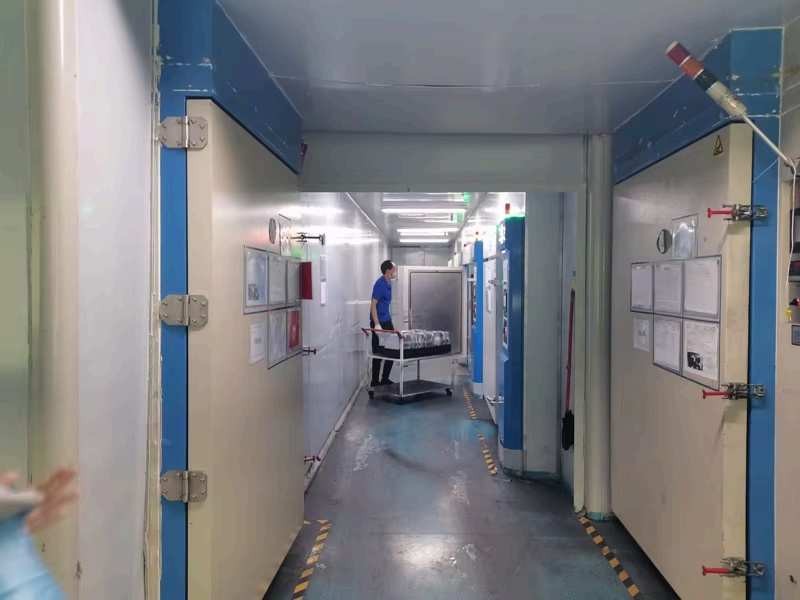
Removes residual moisture from cells under vacuum to prevent electrolyte degradation.
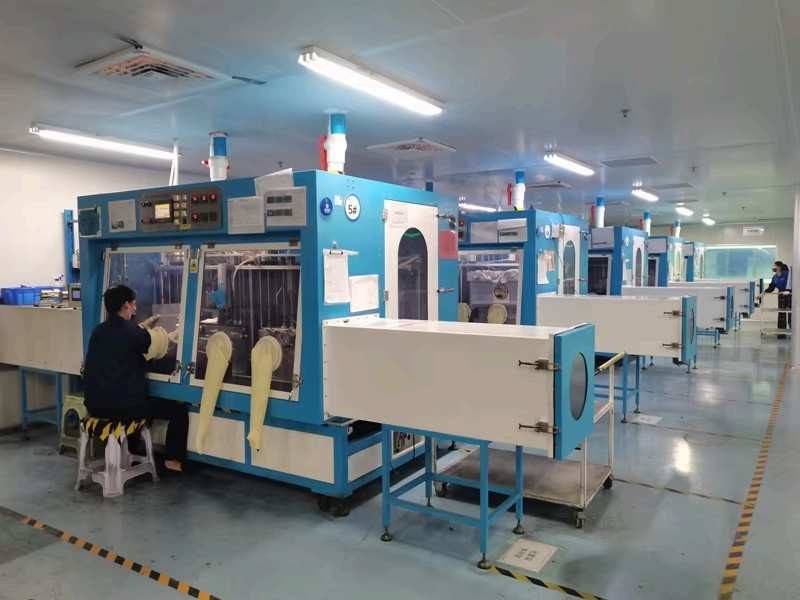
Fills electrolyte into cells to enable ion transport between electrodes.

Activates cells with initial charging to form a stable solid-electrolyte interface (SEI).
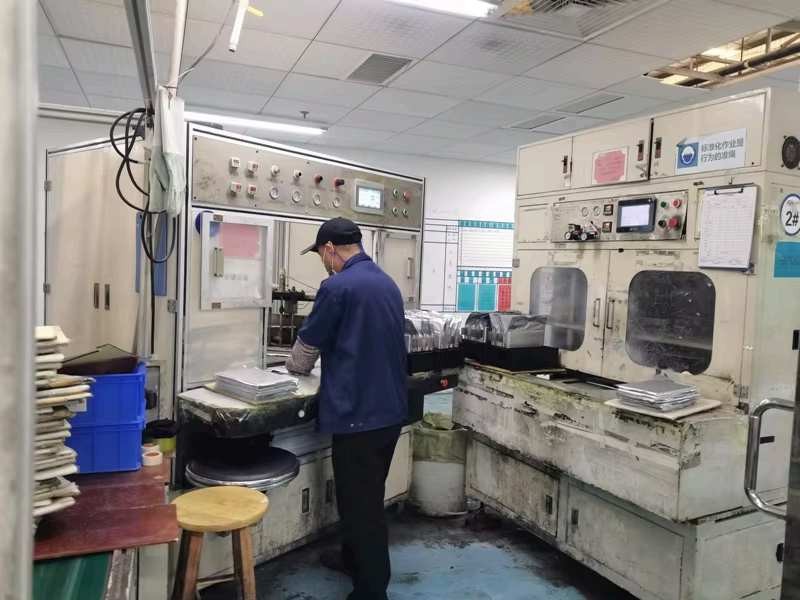
Evacuates gas from cells to eliminate air pockets and ensure full electrolyte penetration.
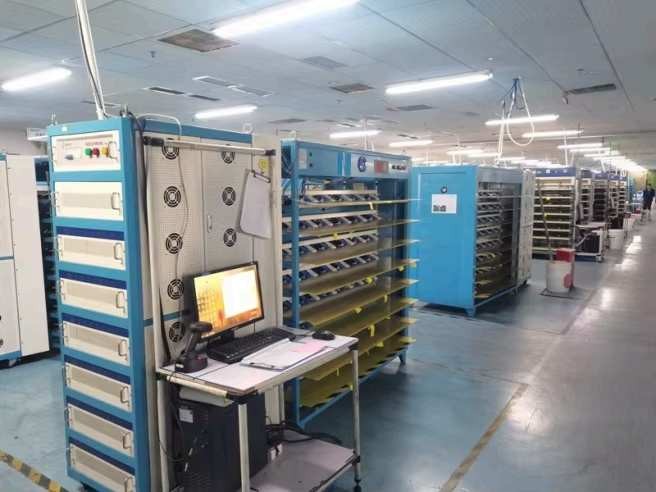
Cycles cells to stabilize performance and screen out defects before final assembly.
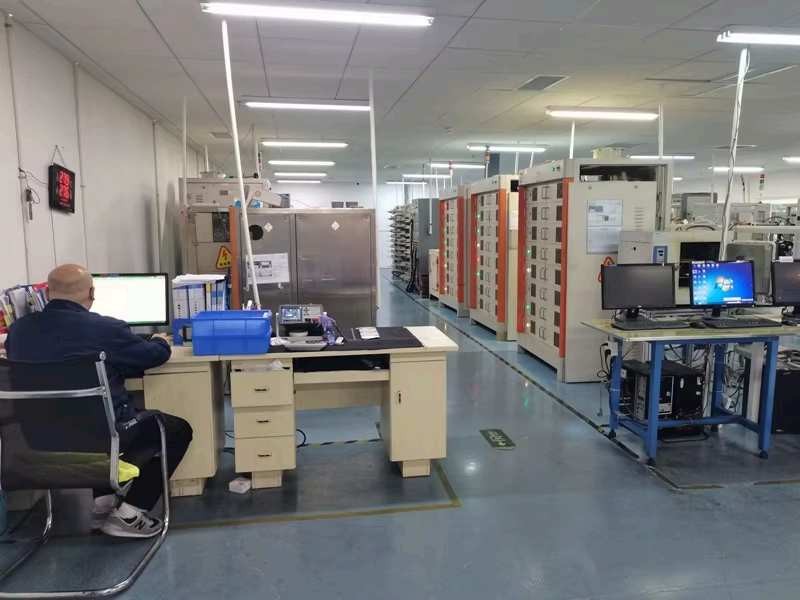
Validates capacity, impedance, and safety (e.g., overcharge, short-circuit) under strict protocols.
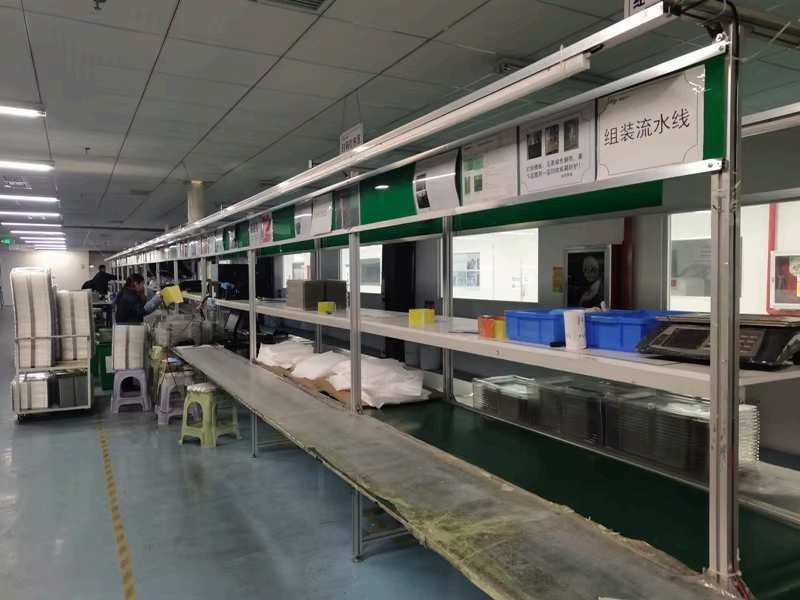
Integrates cells into modules or packs with BMS, wiring, and thermal management systems.
LEARN MORE DETAIL
Learn more about production details and manufacturing process
Testing Process
Fair&Certification
Certifications are herewin’s greatest strength.
Meets the needs of all markets, and the source factories are fully certified to ensure quality.

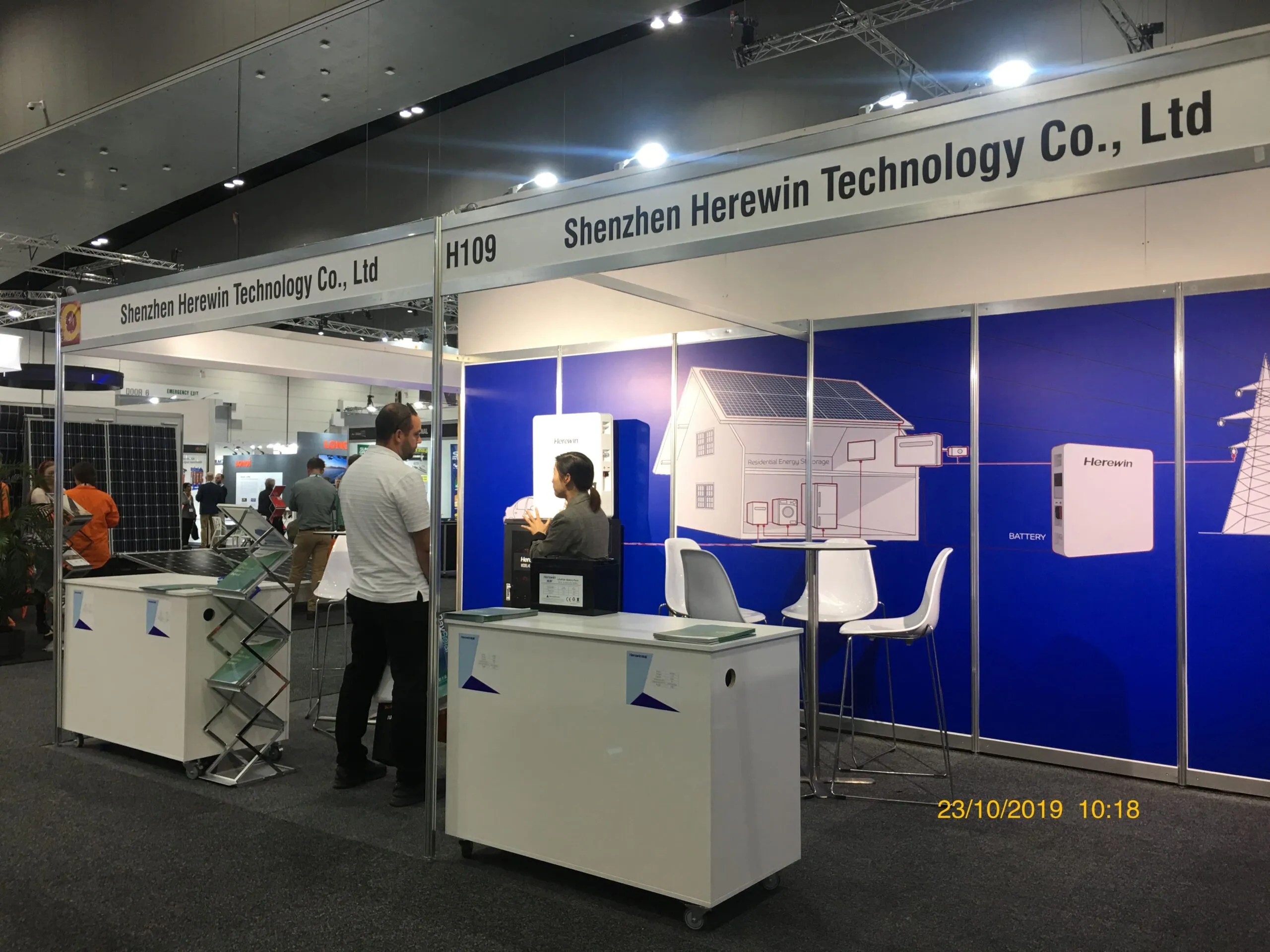
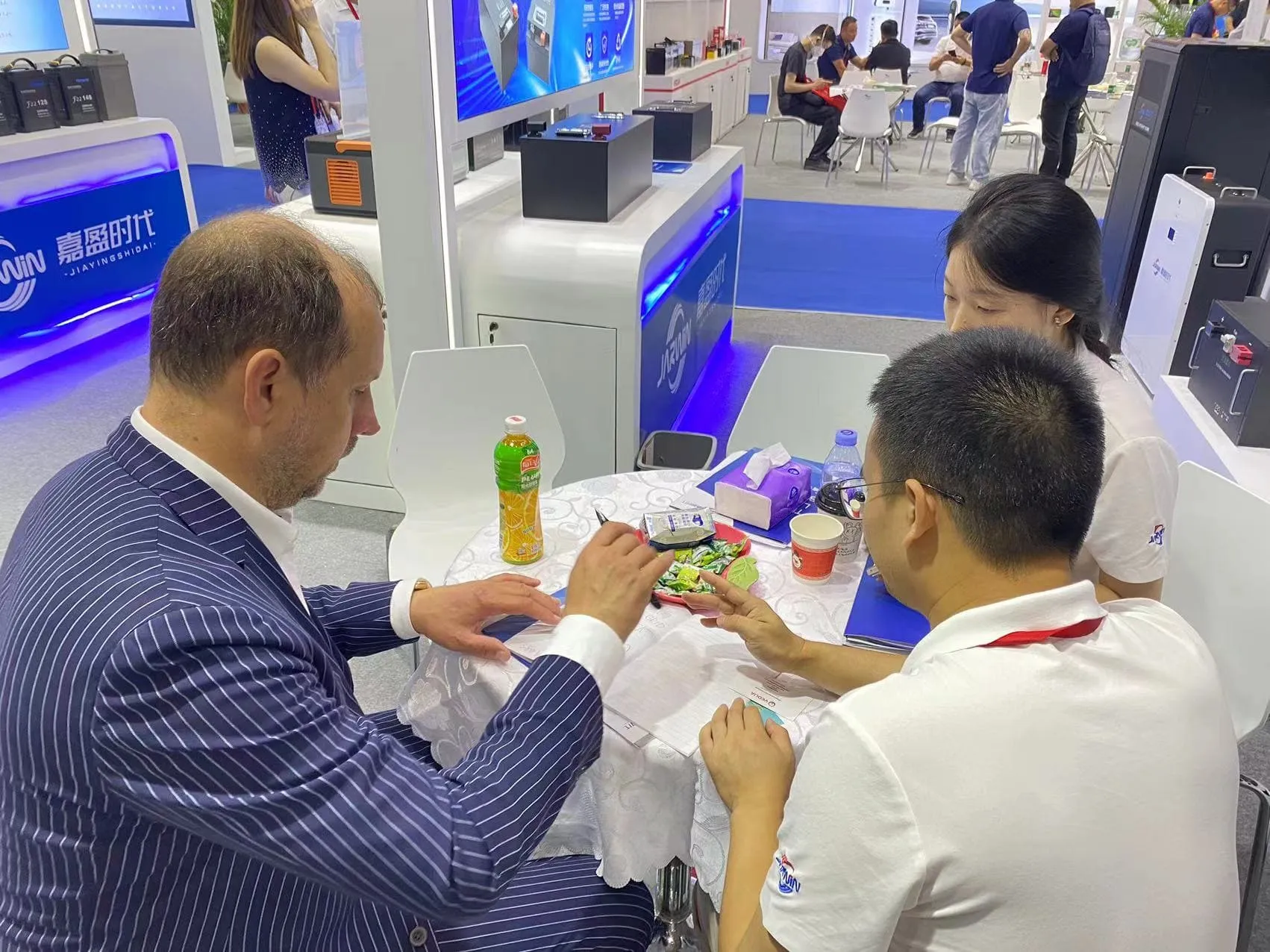
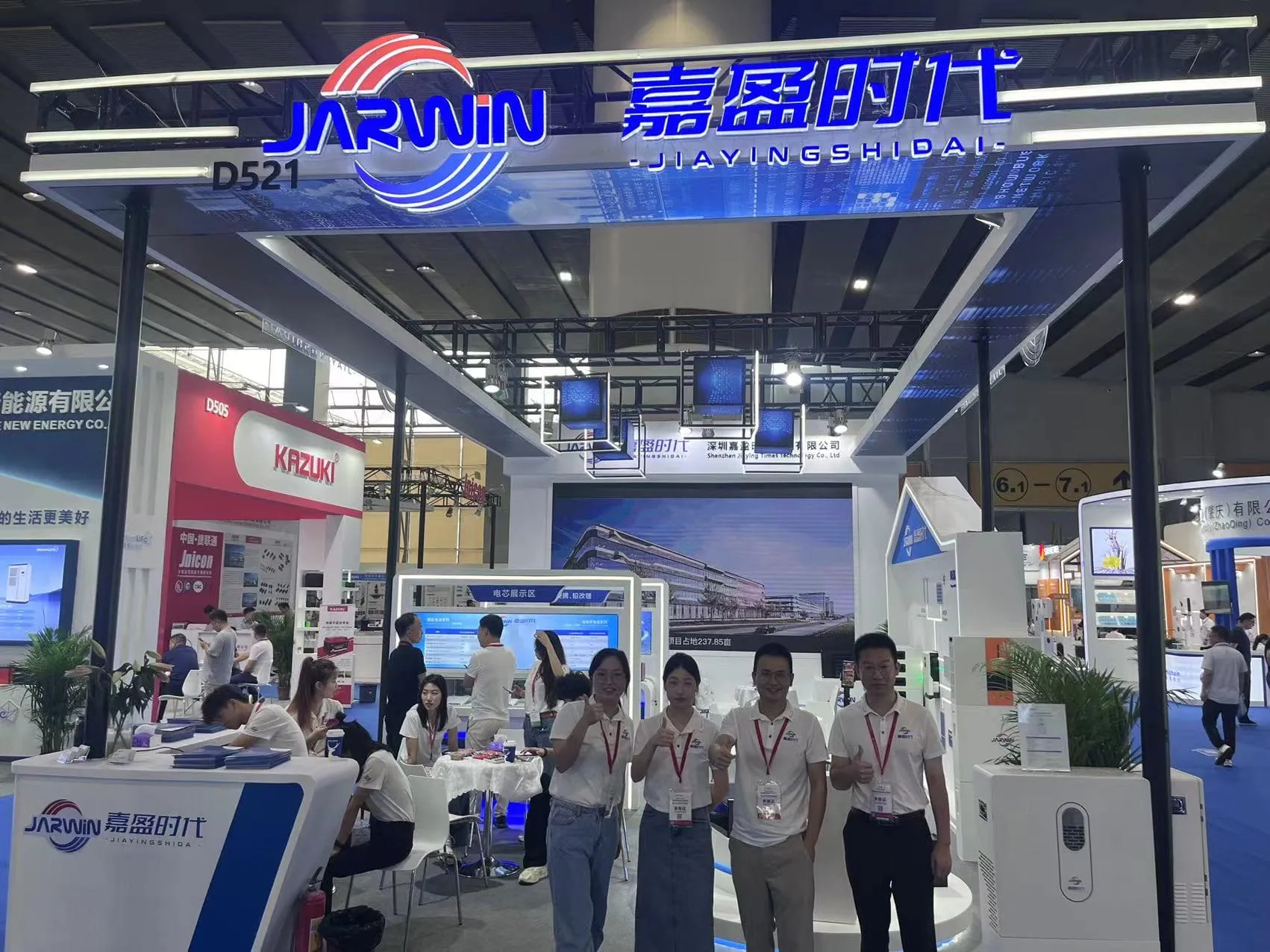
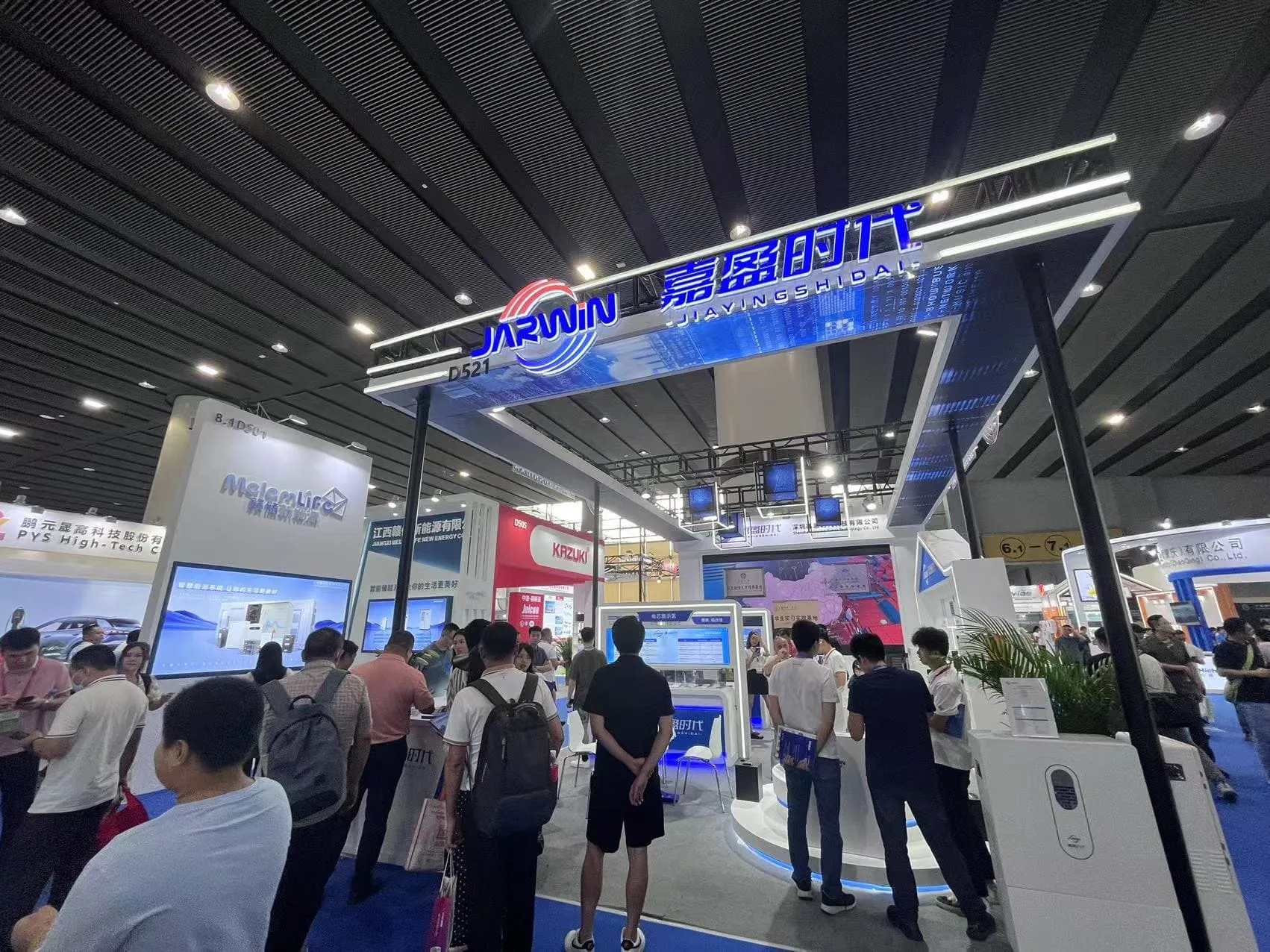
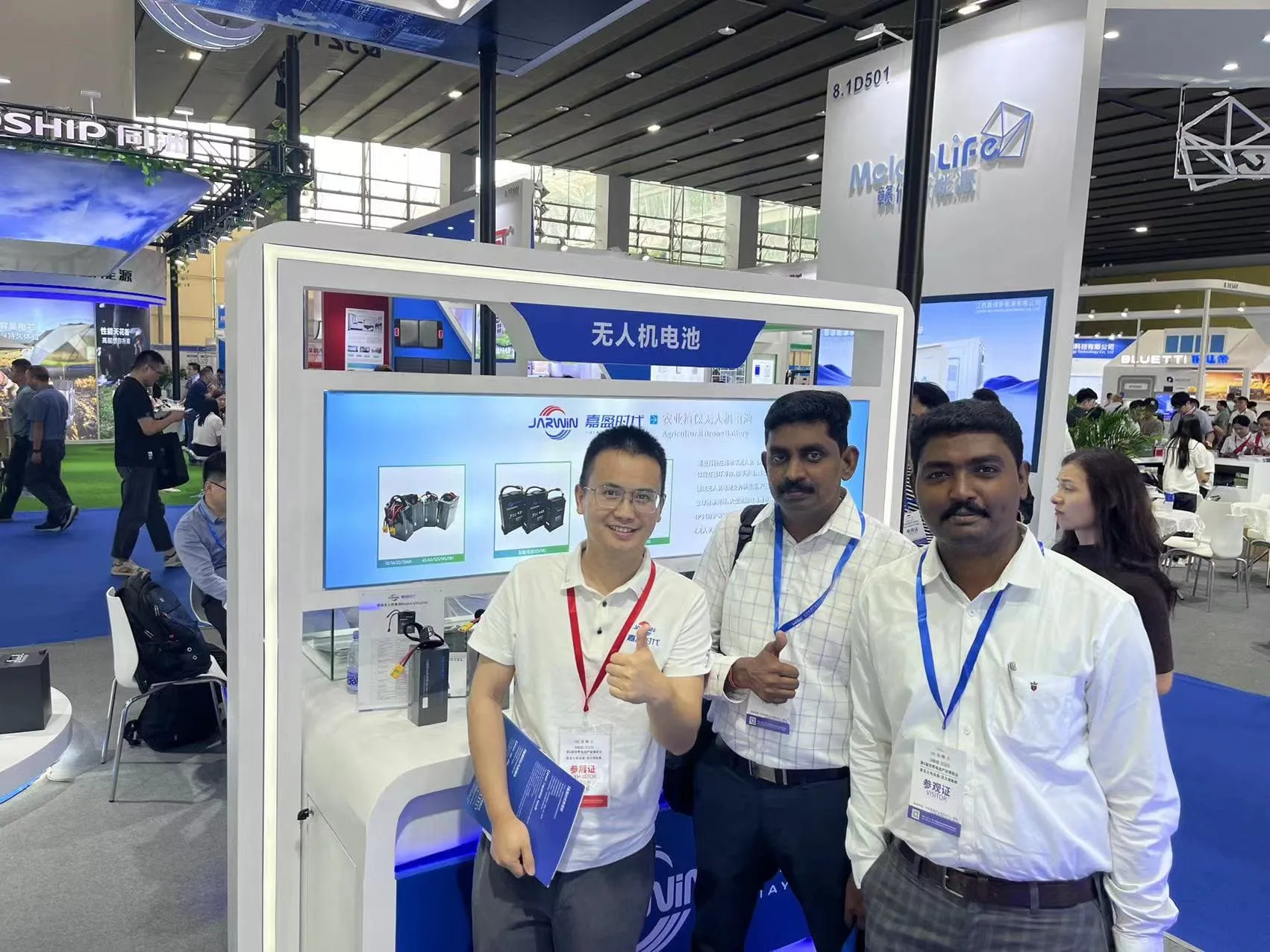
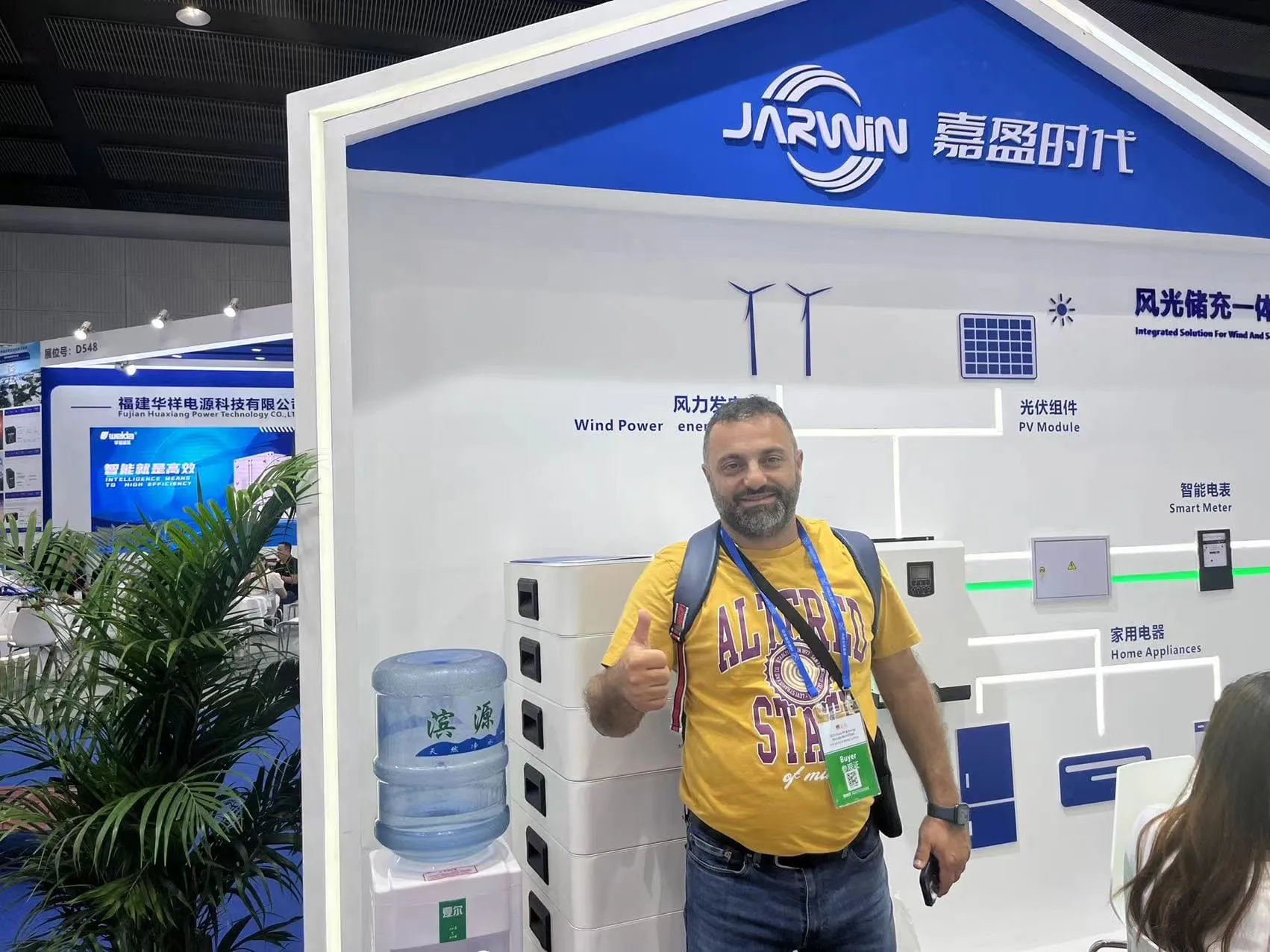
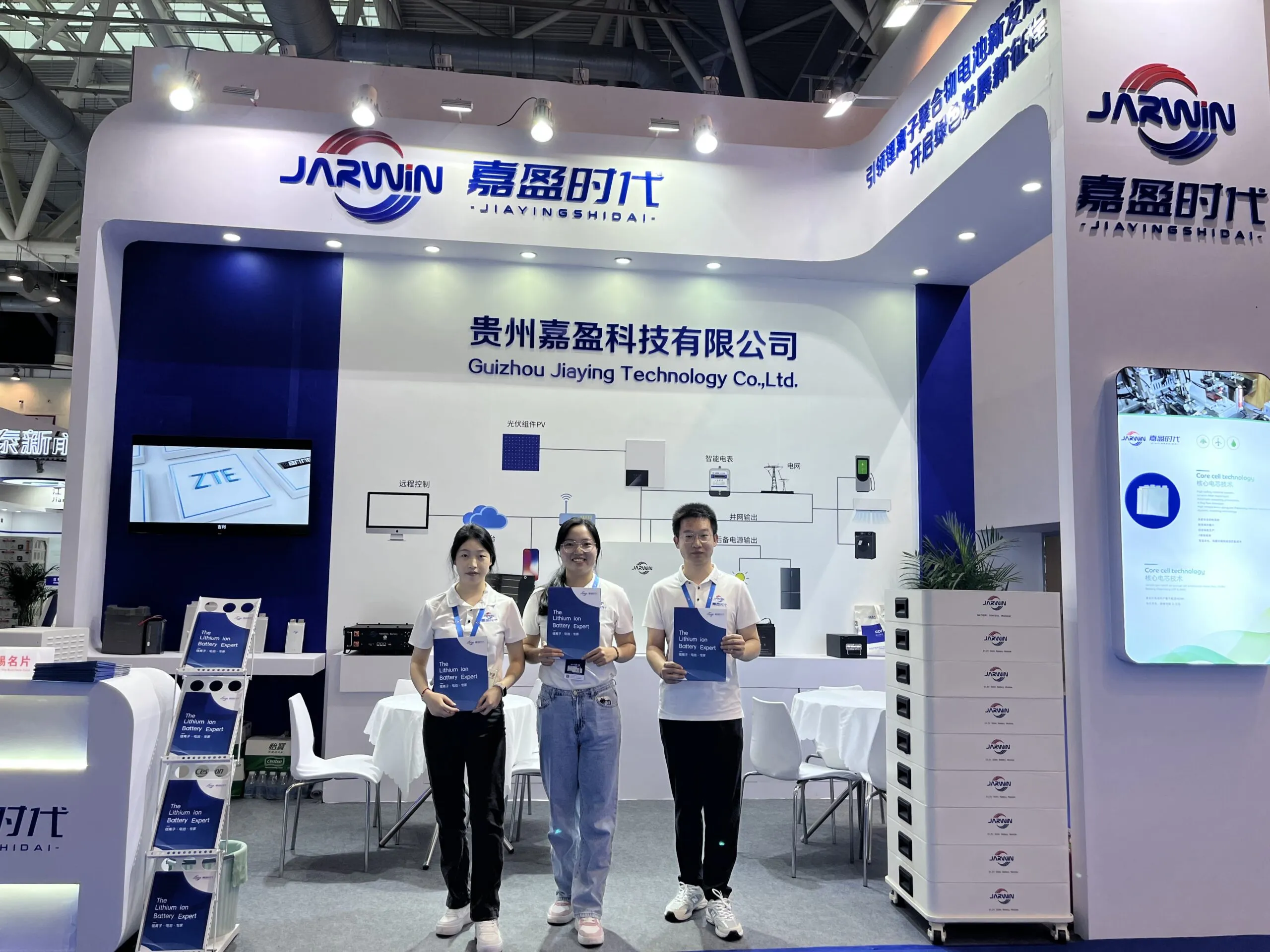
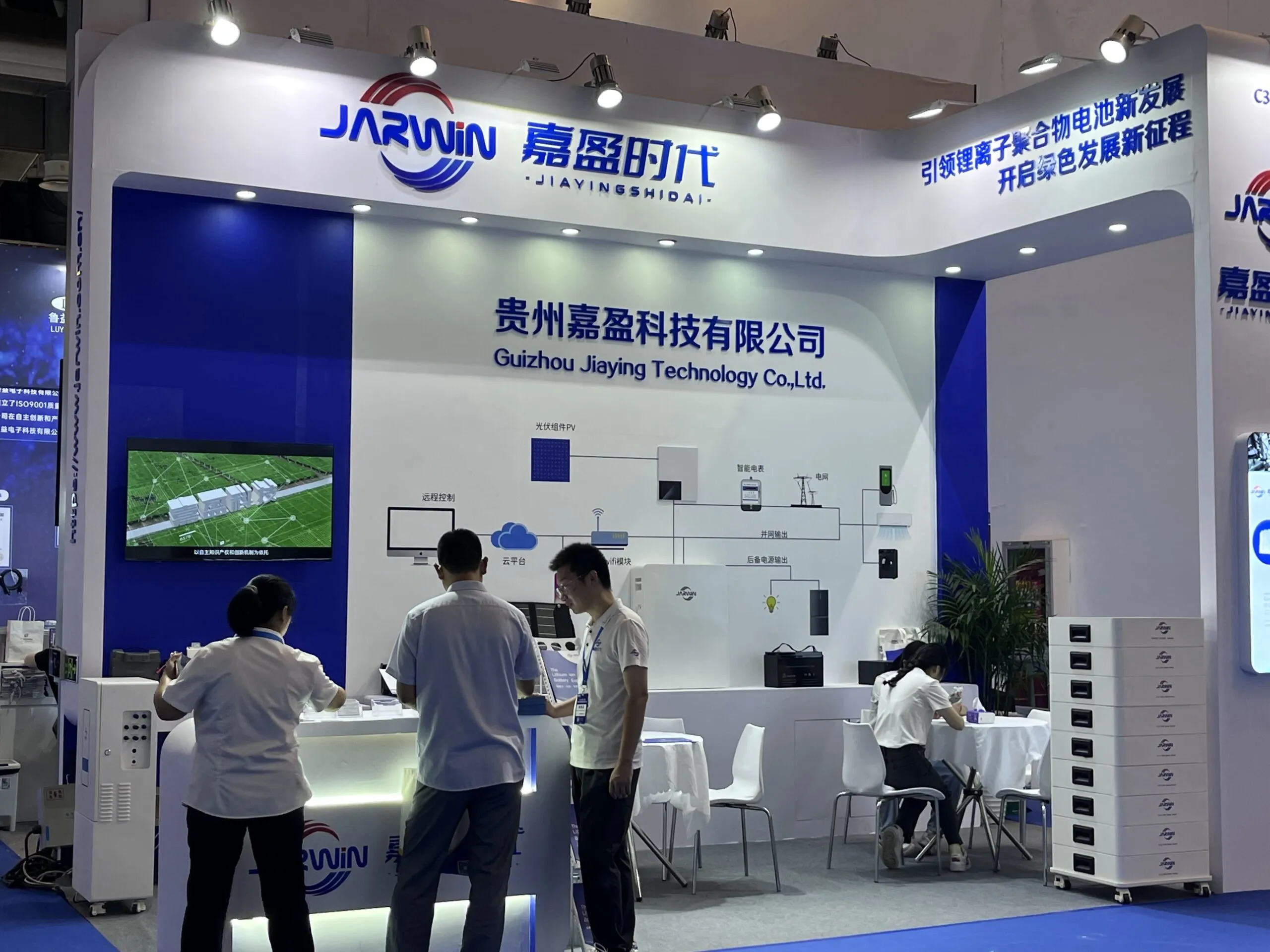
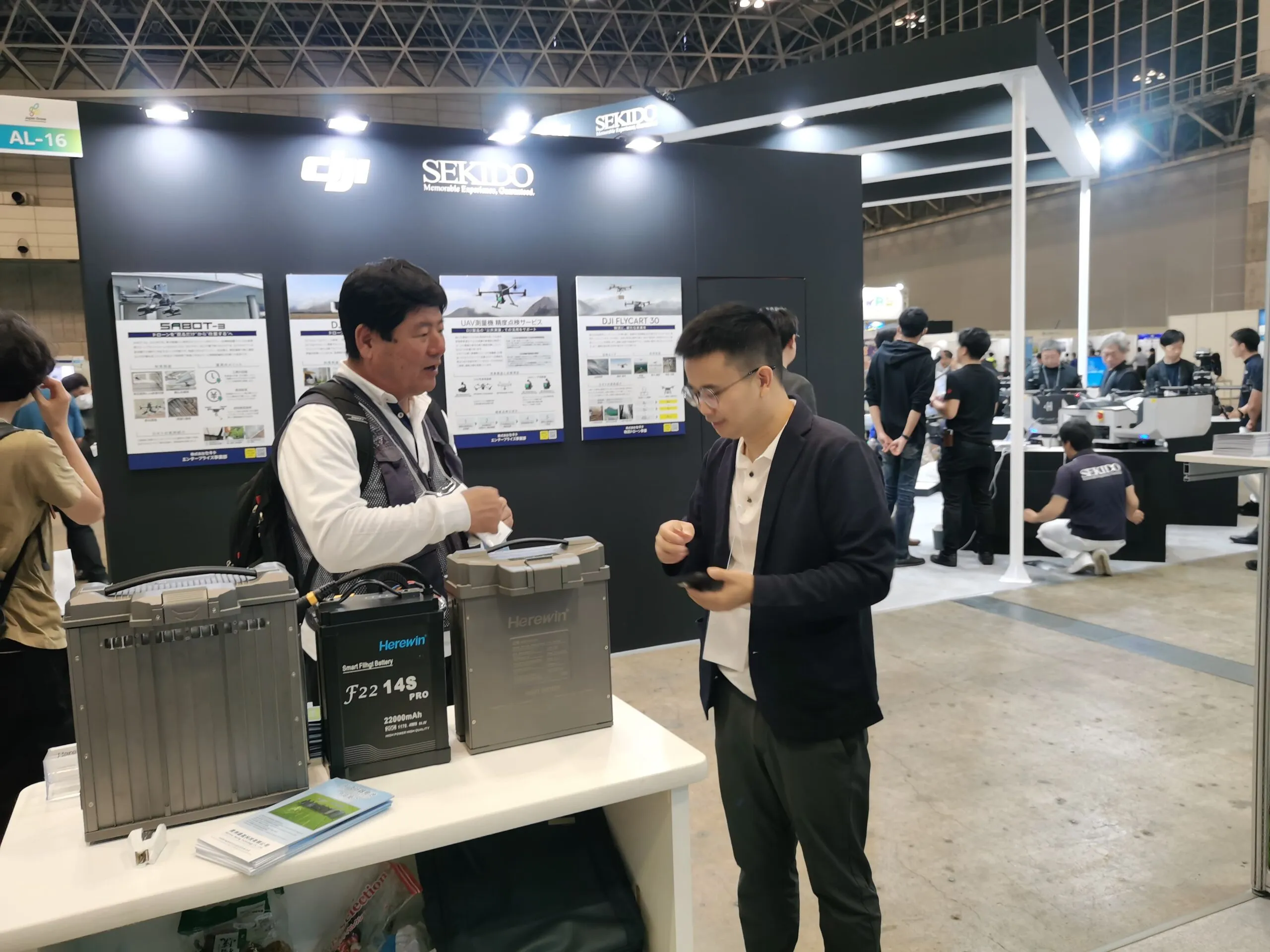
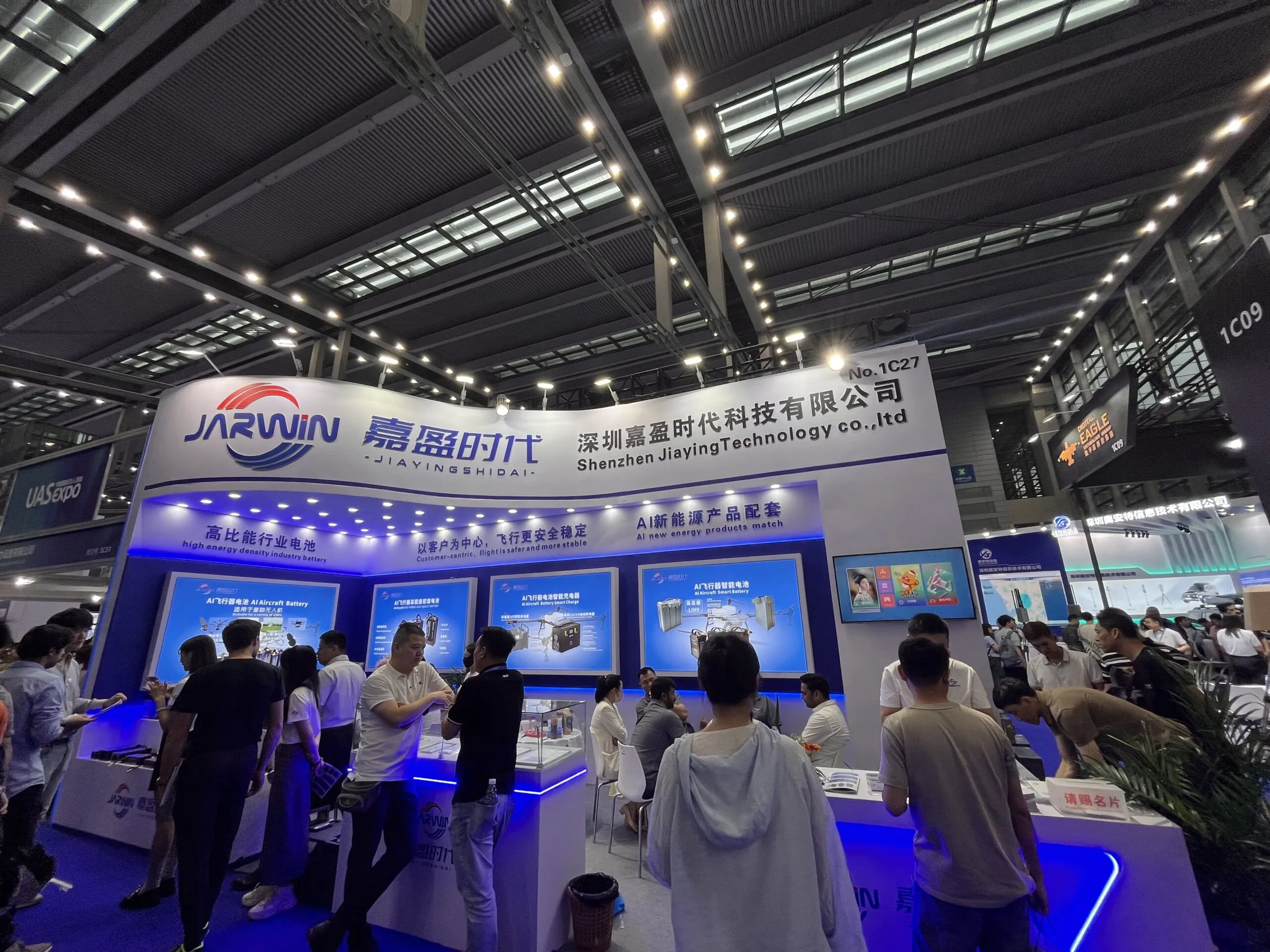

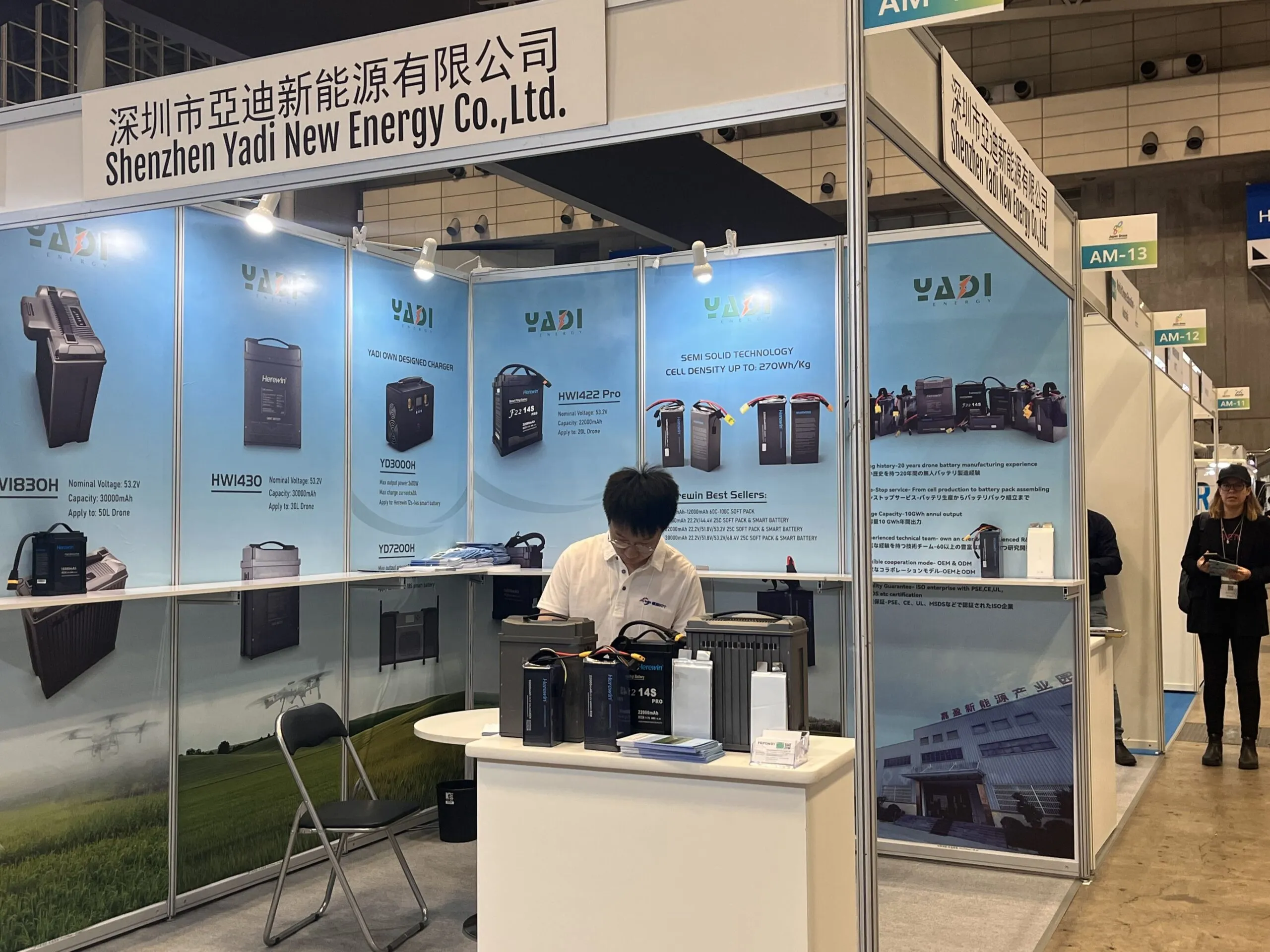
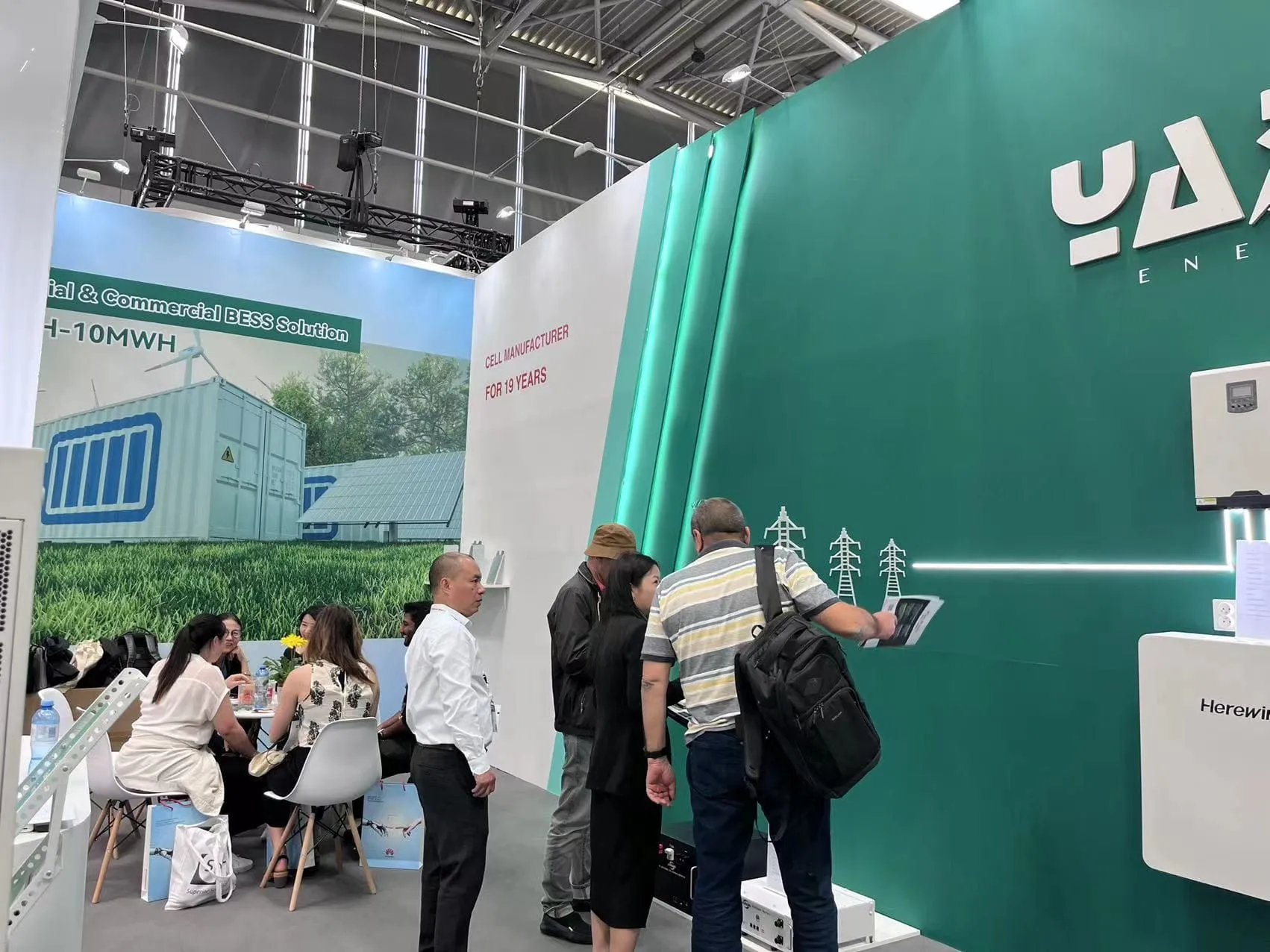
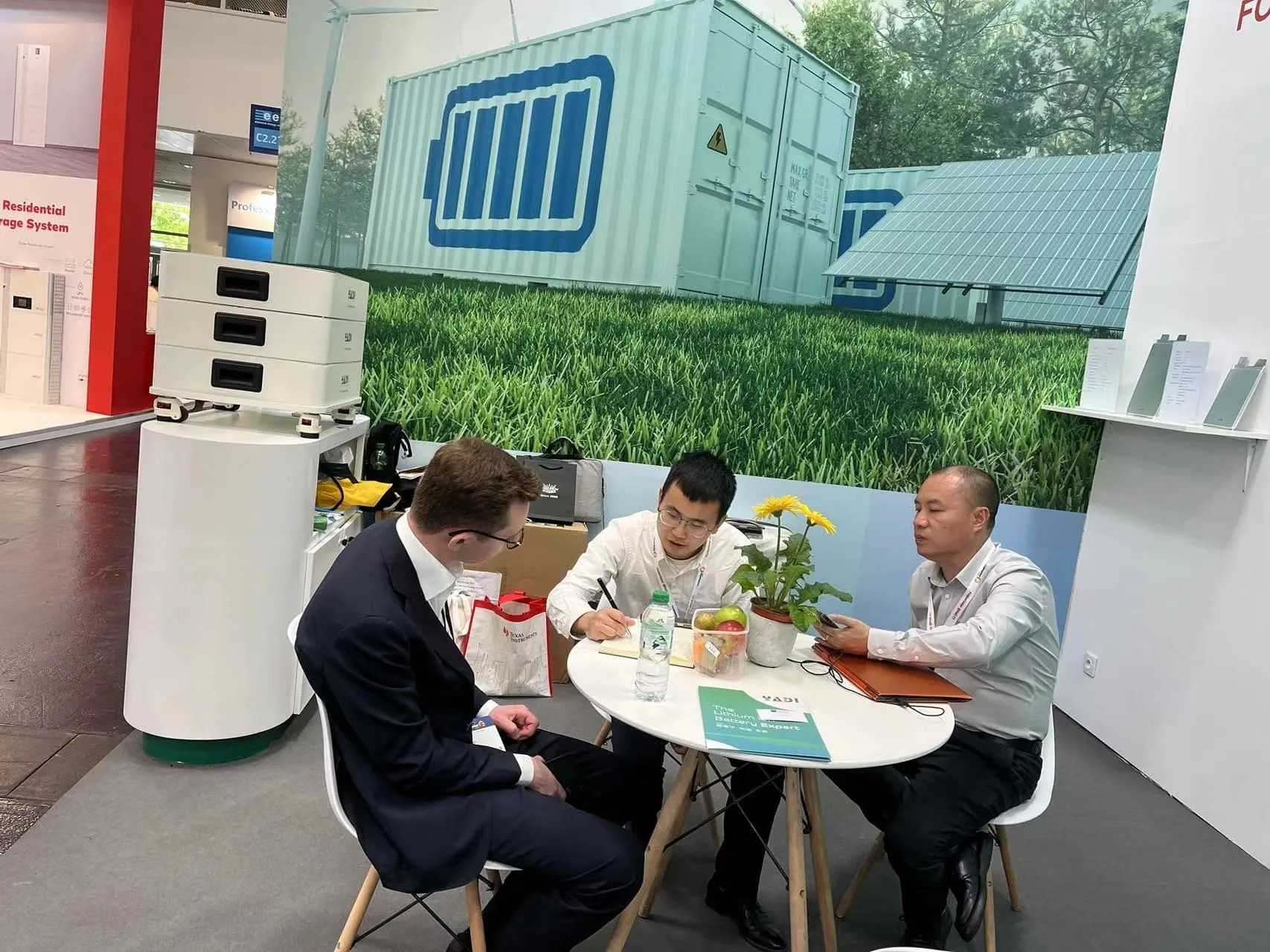

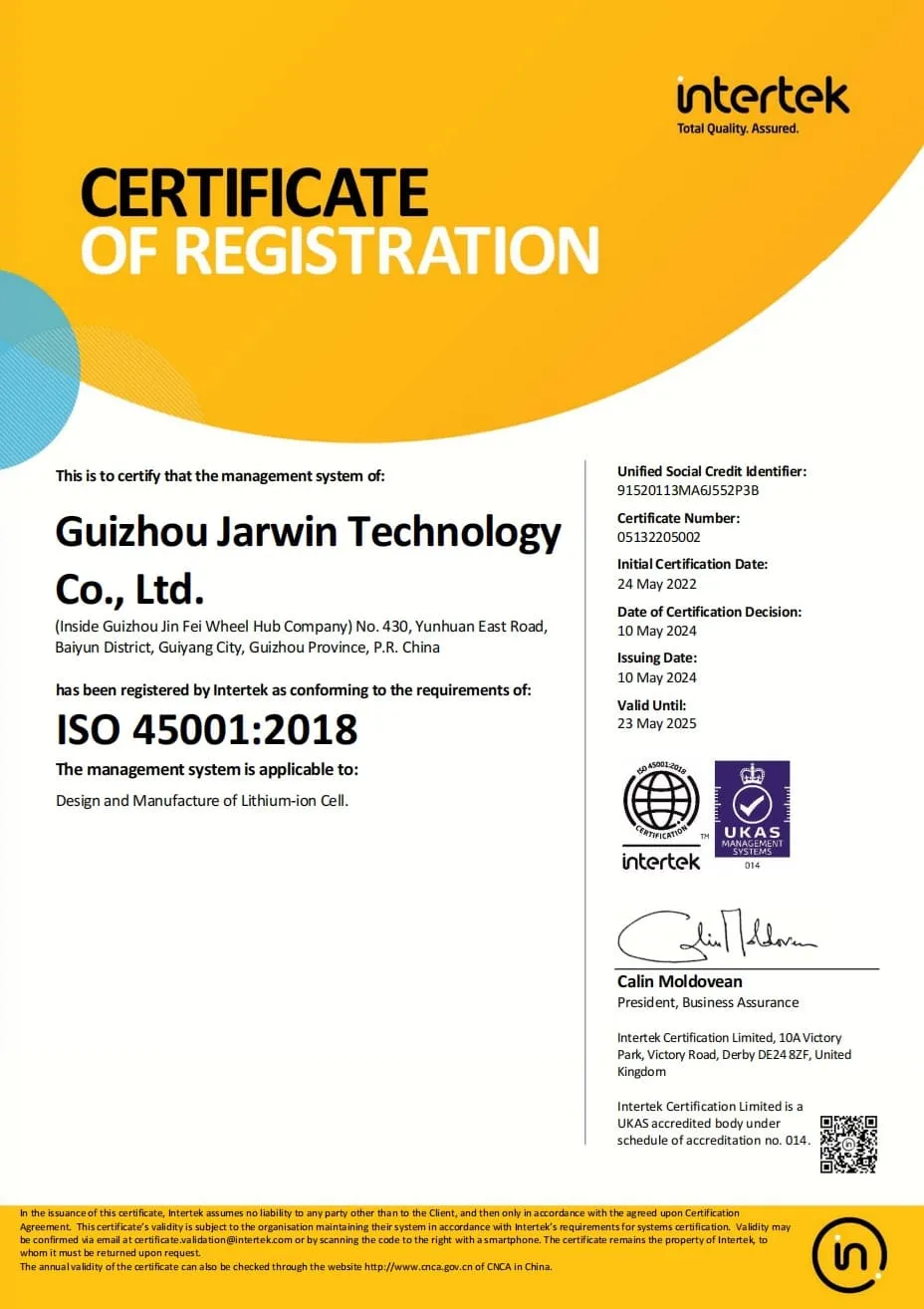
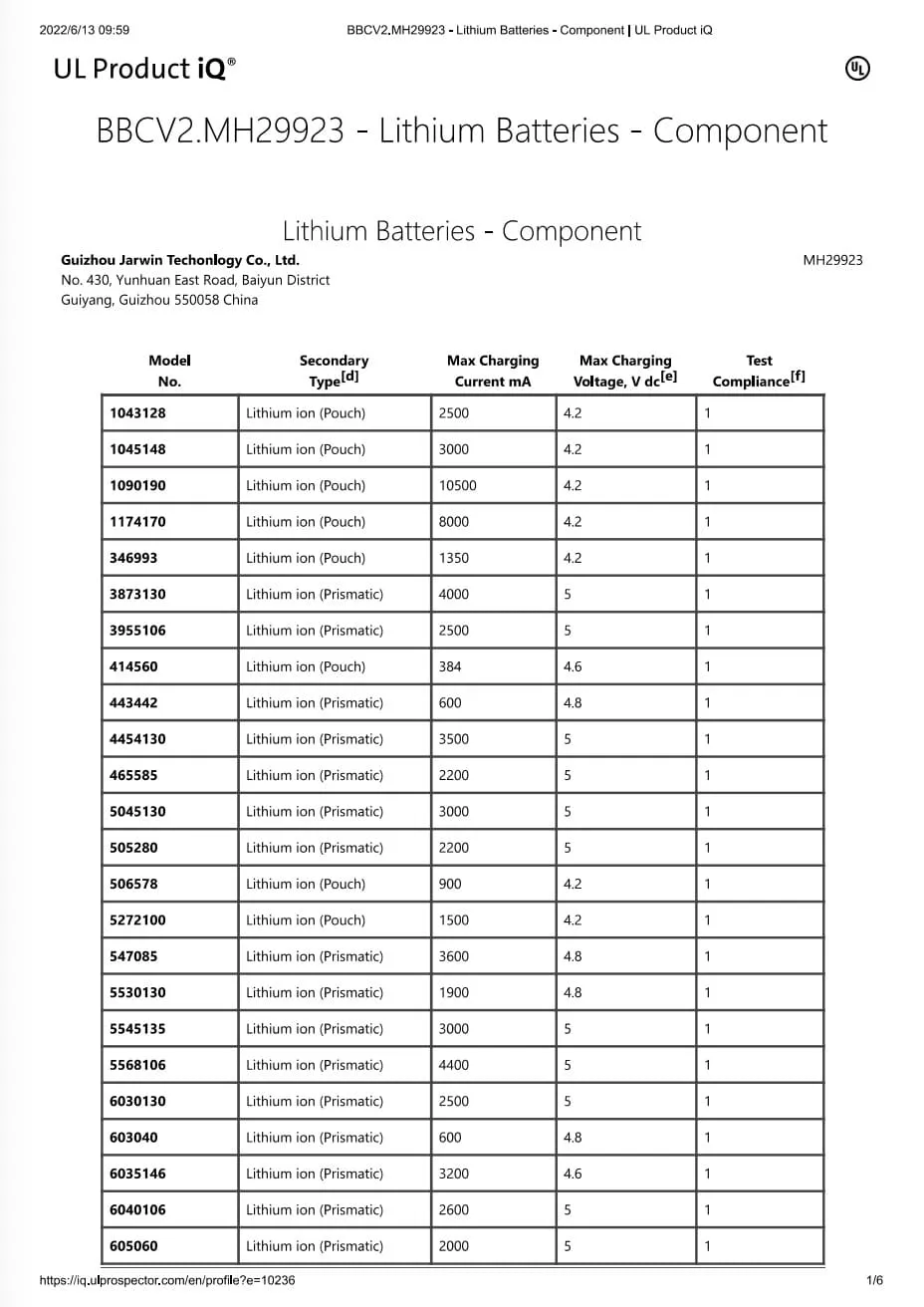

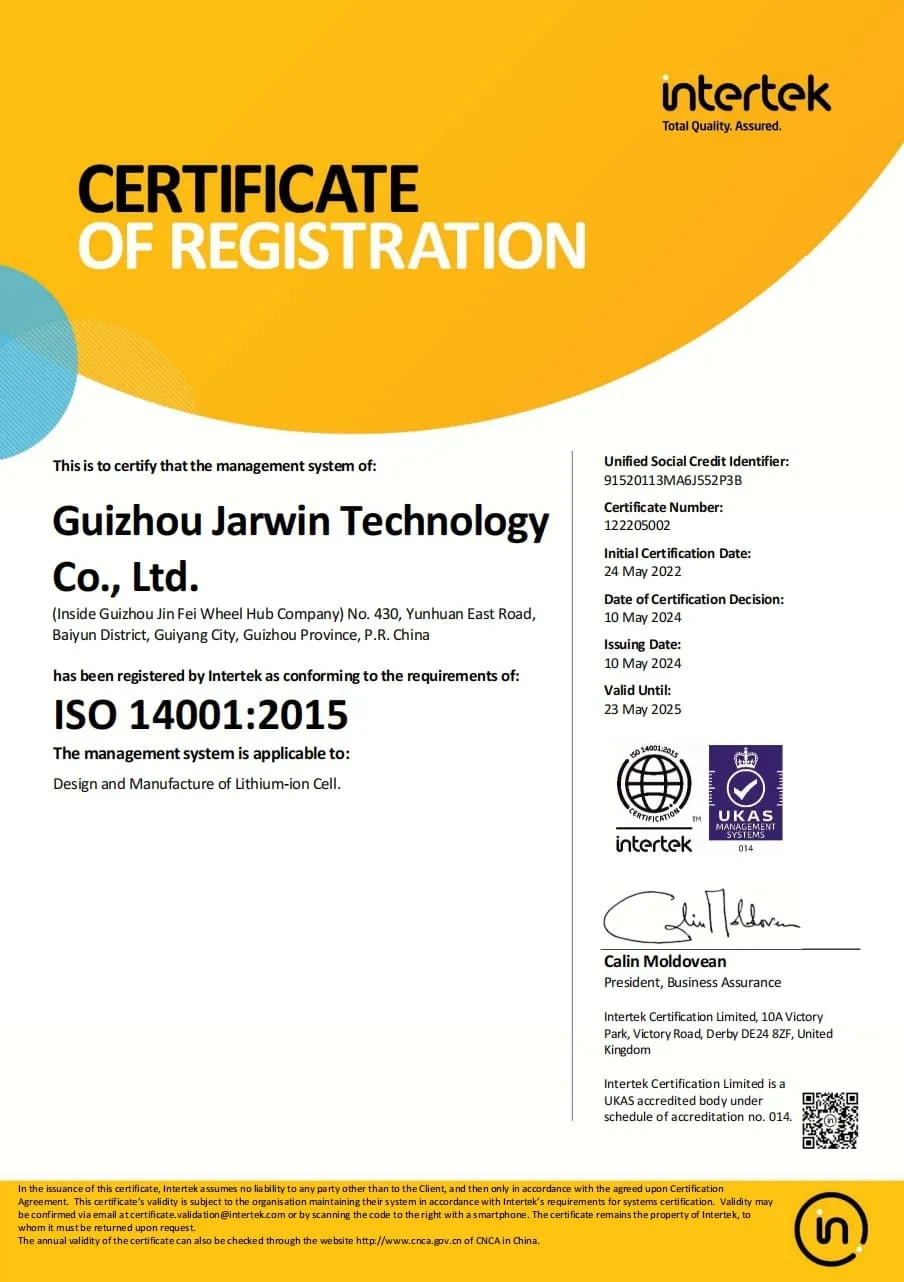

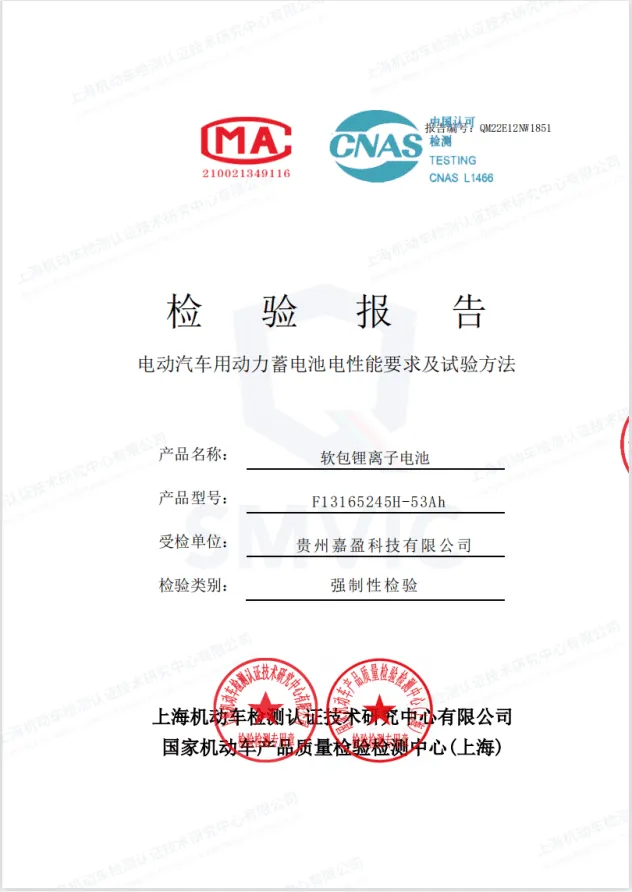
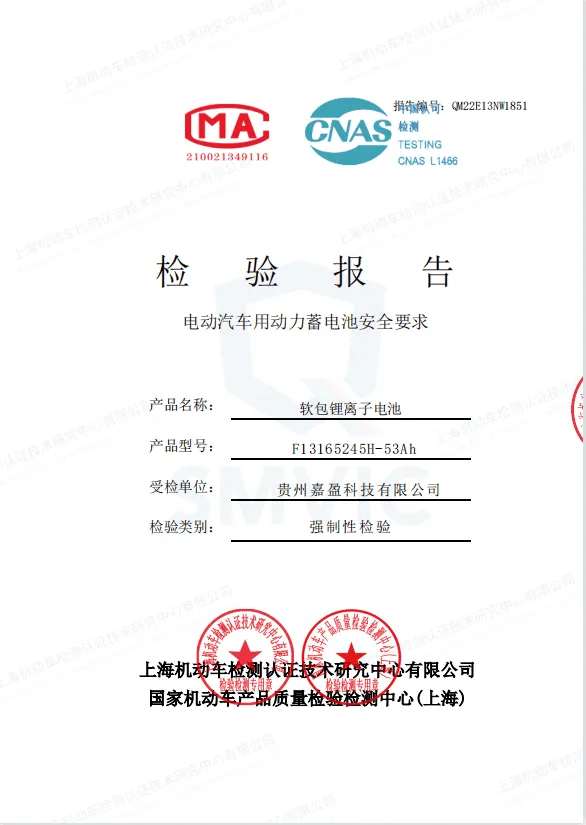
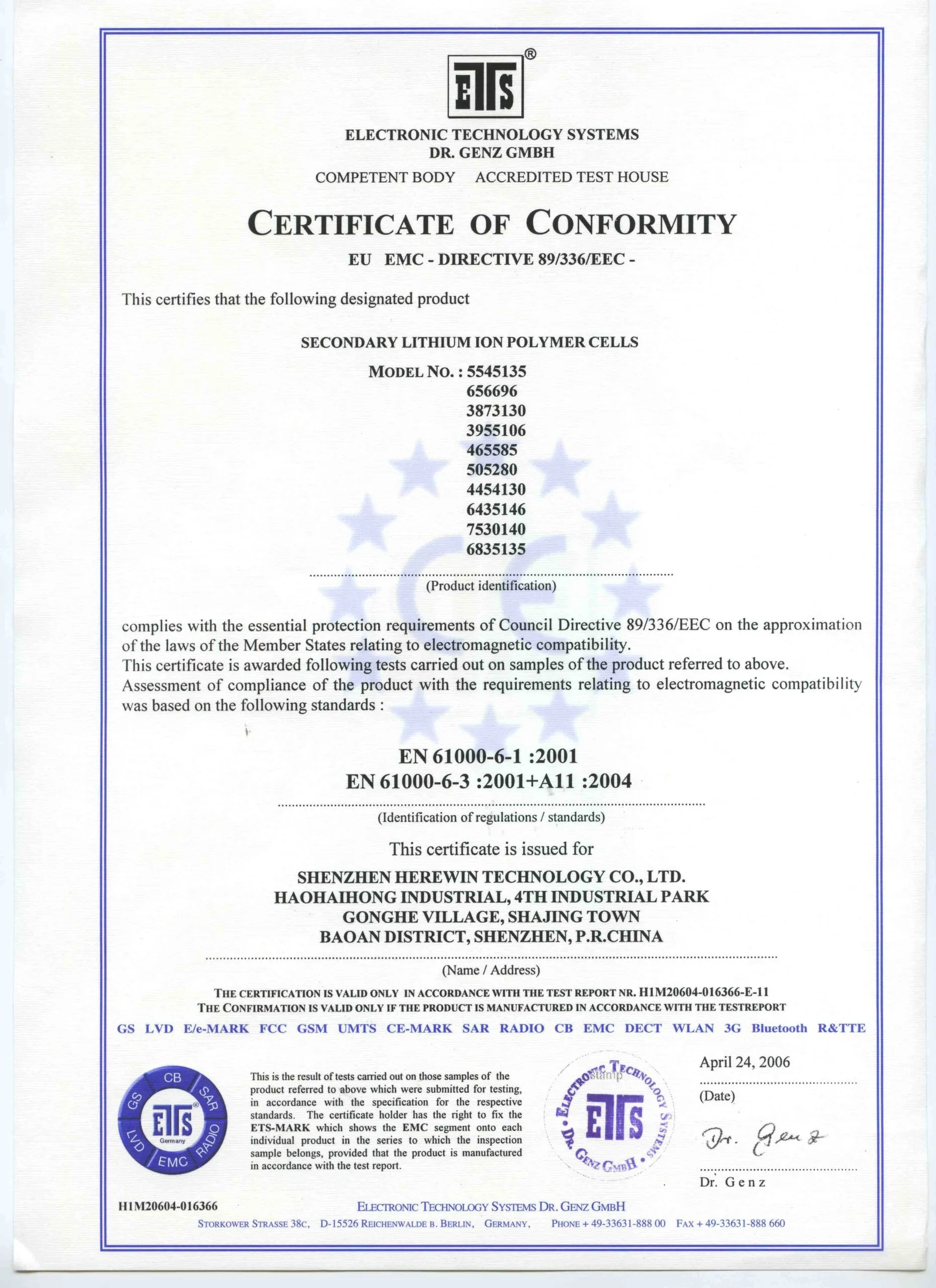
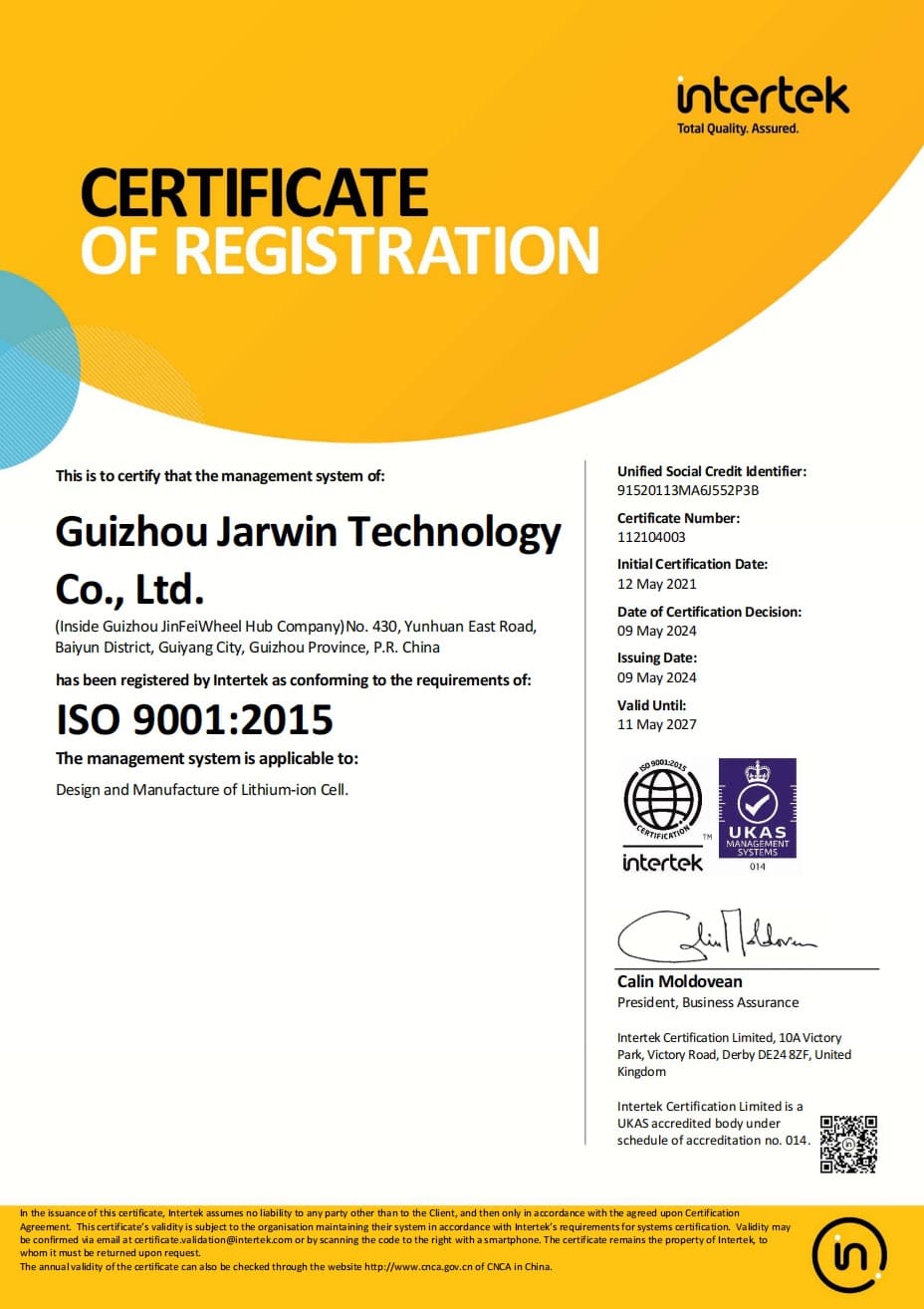
GET IN TOUCH
Want to know what credentials your market needs? Contact me to send you a high resolution image
FAQs
A battery cell is the core unit of a battery—responsible for storing and releasing energy. It’s the smallest energy module inside battery packs and is widely used in phones, EVs, power banks, and more.
By chemistry: lithium-ion (e.g. NMC, LFP), nickel-metal hydride, etc.
By shape: cylindrical, prismatic, pouch.
Each type suits different needs—LFP is safer; NMC has higher energy density.
Related Blog






Our New Catalogue
Learn more about battery cell, and the full range of products

